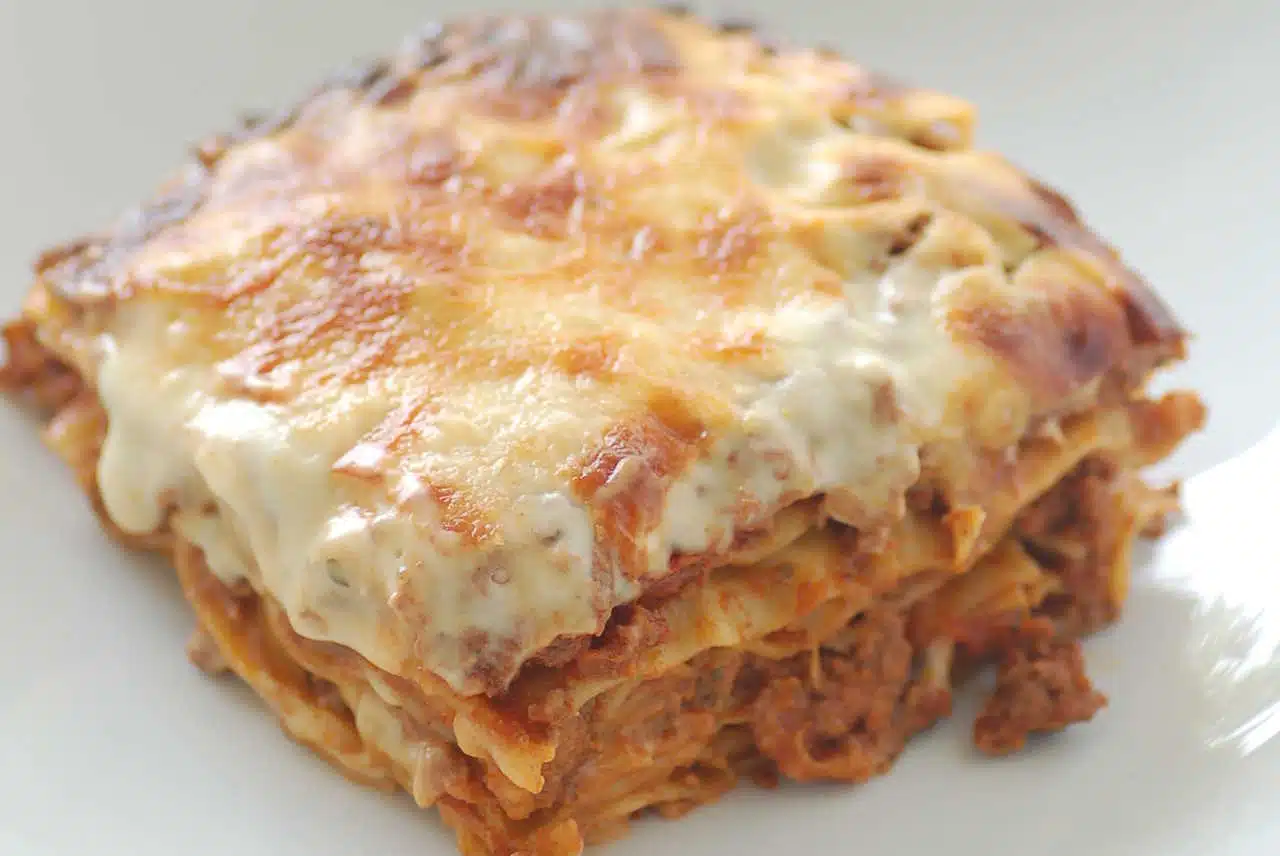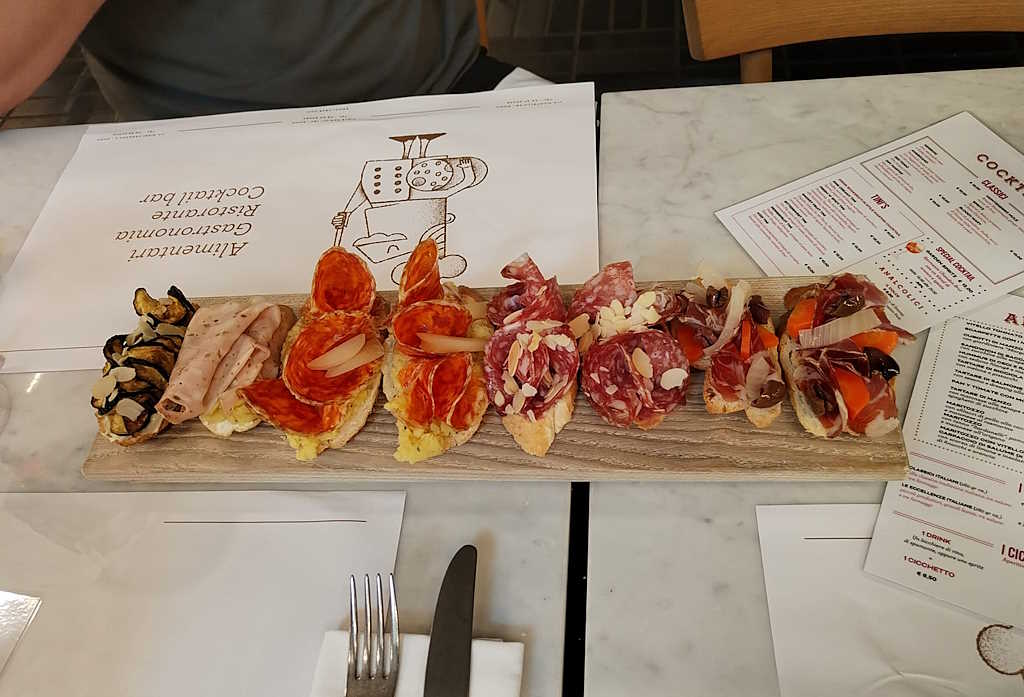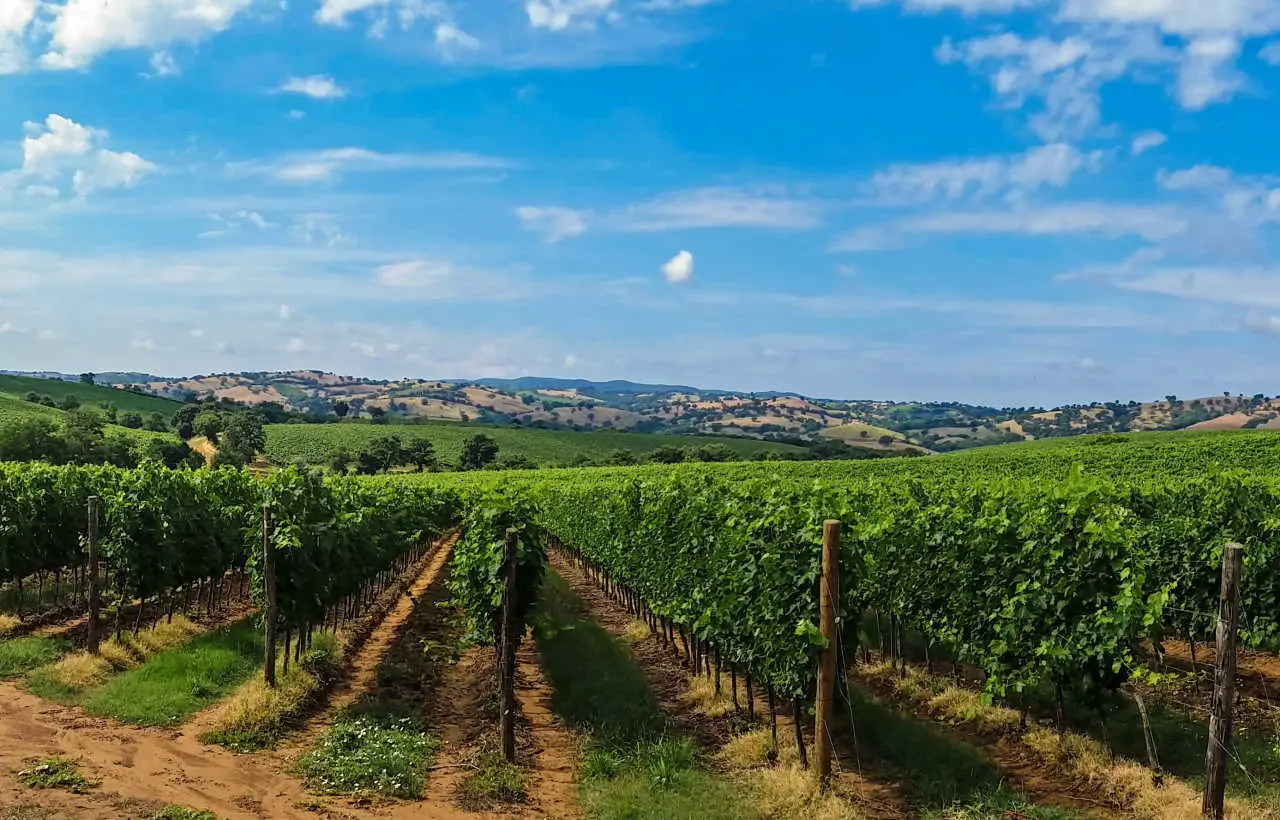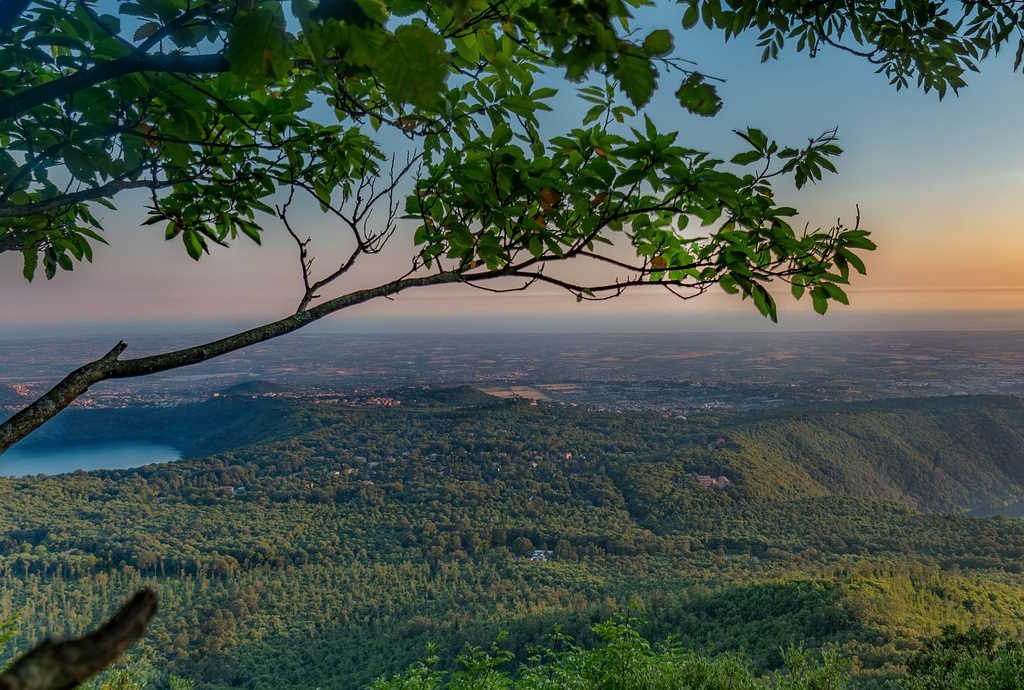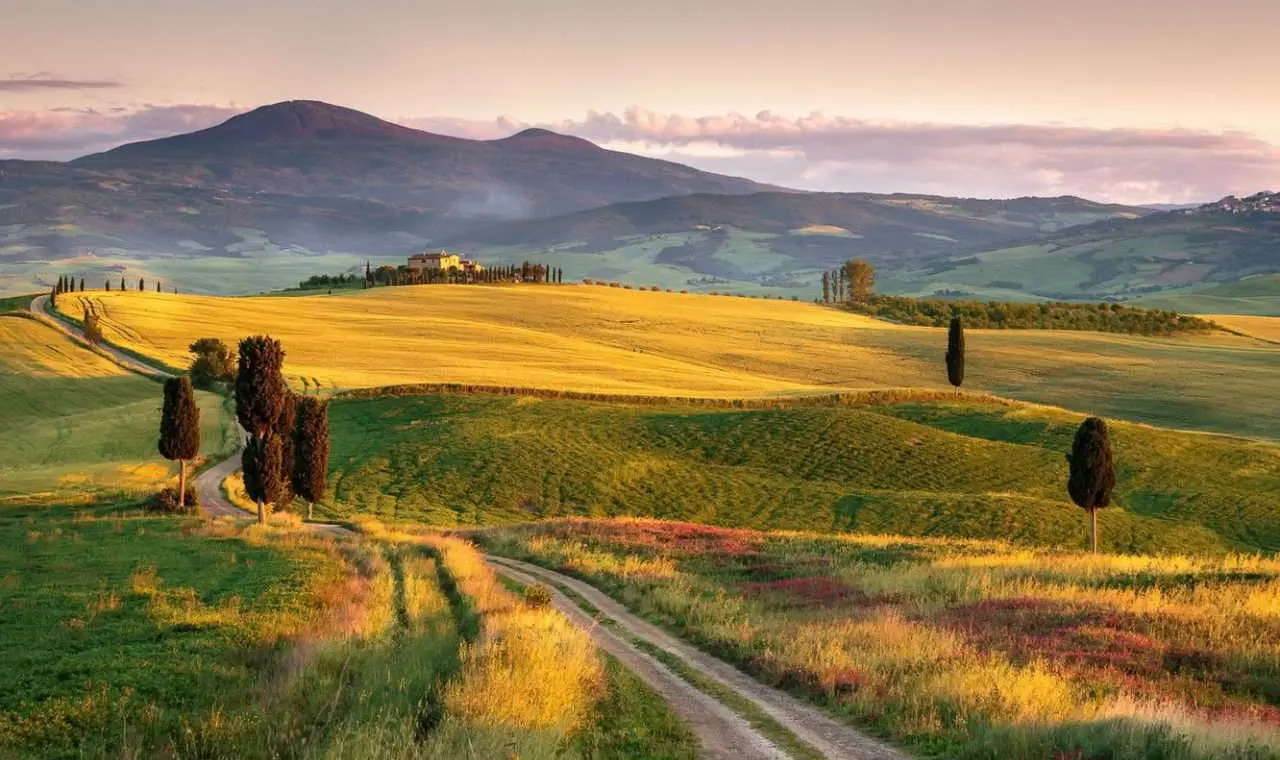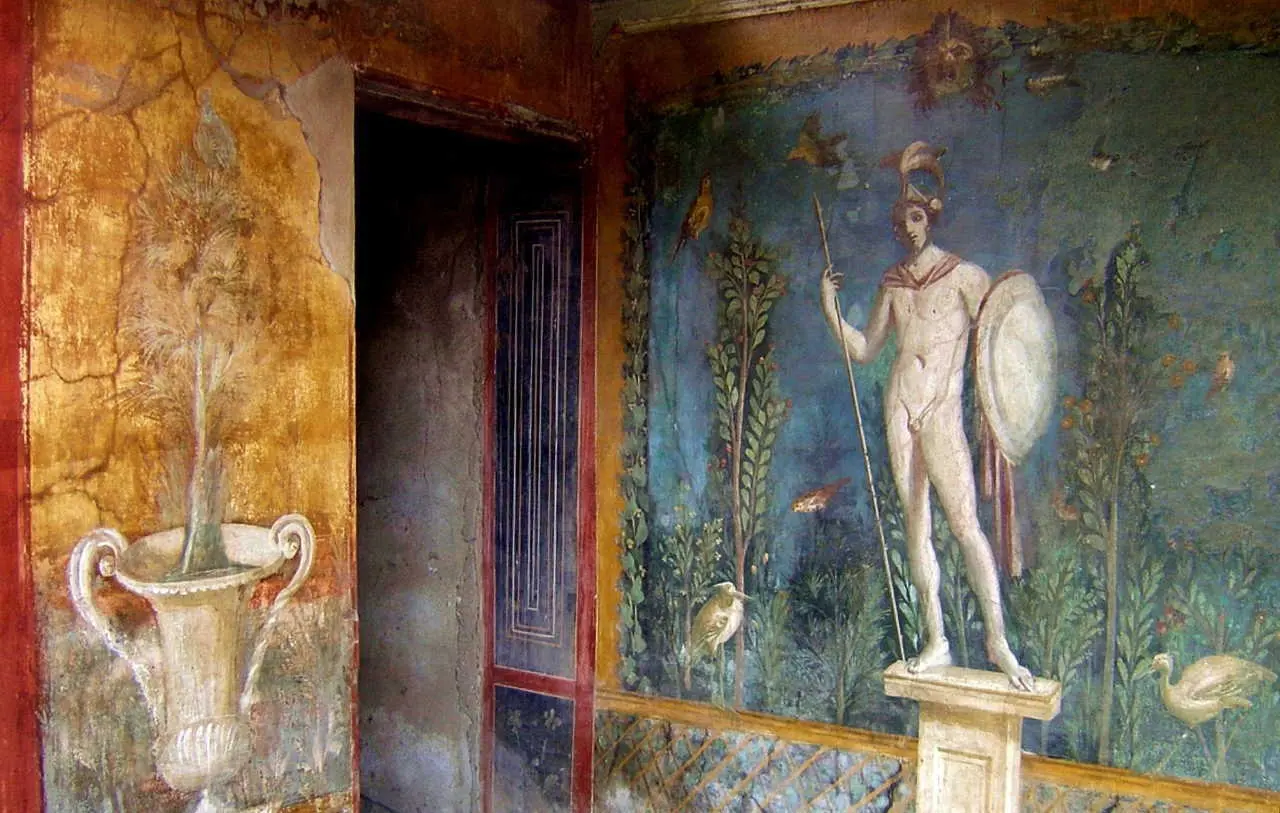The 5 most loved Italian dishes in the world
Italian taste at your fingertips
Italy, the birthplace of gastronomy, is universally recognized for its rich and diverse cuisine that reflects centuries of culinary traditions passed down from generation to generation. While not everyone can afford to enjoy Italian dishes in a Michelin-starred restaurant, it is possible to experience the magic of Italian cuisine by preparing some of the most beloved dishes directly at home. Here are the five most loved Italian dishes in the world, along with their recipes and secrets for successfully replicating them in your own kitchen.
The diversity of dishes presented, from wild boar pappardelle to Neapolitan pizza, from carbonara pasta to Bolognese lasagna, and finally to Milanese risotto, represents a broad overview of the multiple facets of Italian cuisine. A cuisine that knows how to combine the taste of high-quality raw materials with the creativity and mastery of chefs, generating gastronomic works of art.
Each dish tells a story, recounting traditions rooted in specific regions of Italy, with ingredients that reflect the territory and its peculiarities. Pappardelle al Cinghiale, a typical dish of Tuscan cuisine, large strips of egg pasta that go perfectly with the intense and succulent flavor of wild boar. Pizza, a national symbol, encapsulates the sun of the south, the fragrance of tomatoes, and the freshness of mozzarella. Carbonara pasta, emblem of the Capital, brings with it the bold taste of guanciale and the creaminess of eggs. Bolognese lasagna, from Emilia-Romagna, speaks for the genuineness of its ingredients and the love for béchamel sauce. Milanese risotto, Lombard pride, captures the scent of saffron, a symbol of a dynamic and cosmopolitan city.
Preparing these dishes is a rewarding experience that allows you to connect with your roots and with the heart of Italy. Whether you are an experienced chef or a simple food enthusiast, the result will always be a table set with the best of Italian culinary tradition. So, armed with genuine ingredients, passion, and curiosity, dive into this gastronomic adventure and bring Italian flavor directly to your table.
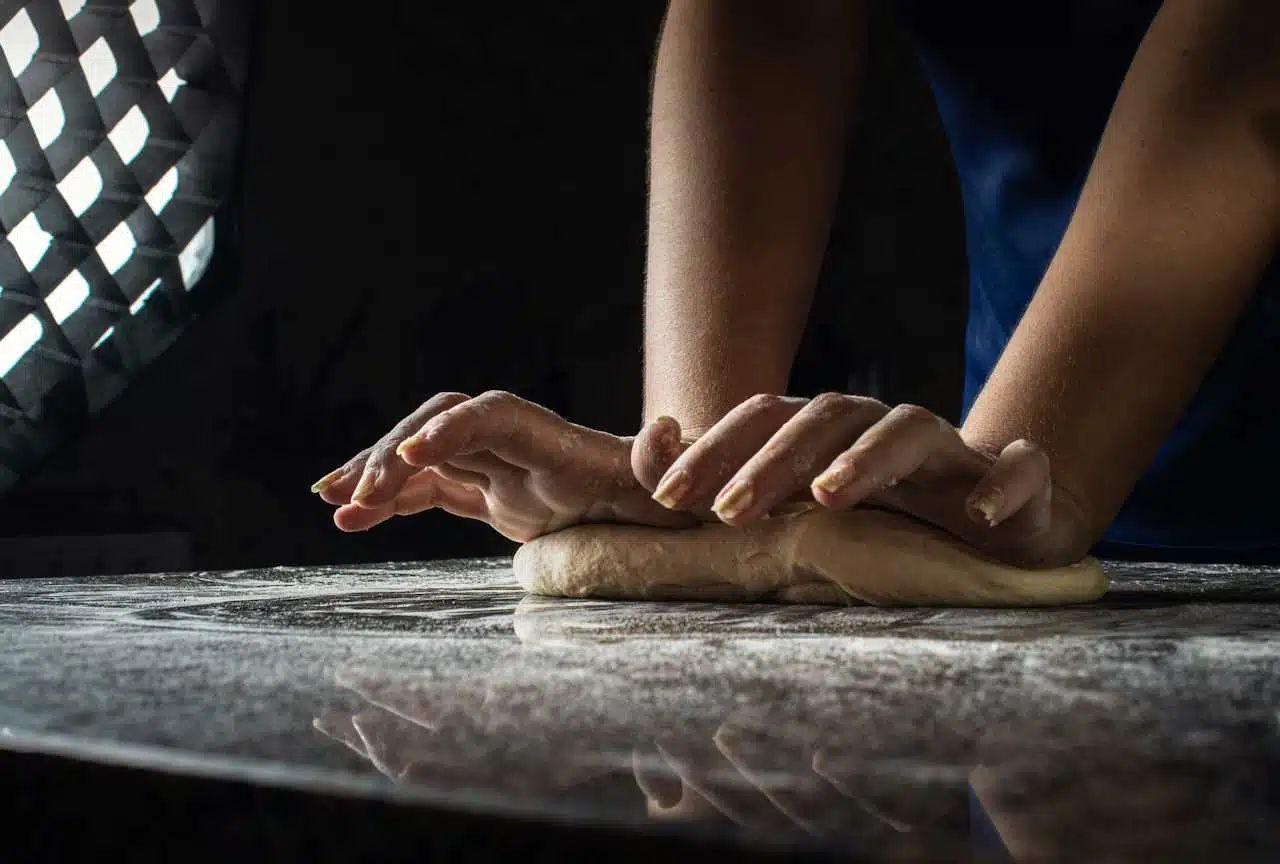
Pappardelle with Wild Boar: A Tribute to Tuscan Tradition
Let’s go to the heart of Tuscany, where egg pappardelle perfectly complement a wild boar sauce. A hearty and savory dish that embodies the essence of Tuscan culinary tradition.
The recipe starts with the preparation of the wild boar ragù, combining ingredients such as wild boar, red wine, peeled tomatoes, carrots, celery, onions, extra virgin olive oil, salt, and pepper. Once you have obtained a thick and tasty ragù, the pappardelle are cooked al dente in salted boiling water. The pasta is then dressed with the wild boar ragù, creating a perfect blend between the texture of the pappardelle and the intense flavor of the ragù. The result is a dish that delights the senses and takes you directly to the green Tuscan countryside.
Here’s the recipe for making this delicious dish at home.
Ingredients:
For the wild boar ragù: 500 g minced wild boar meat
1 medium onion, finely chopped
2 carrots, finely chopped
2 celery ribs, finely chopped
400 g peeled tomatoes, chopped
200 ml red wine
Extra virgin olive oil
Salt and pepper to taste
For the pappardelle: 400 g egg pappardelle
Coarse salt for cooking water
Directions:
Preparing the wild boar ragù: Start by preparing the wild boar ragù. In a large pot, heat some extra virgin olive oil over medium heat. Add the chopped onion, carrots, and celery, and sauté until soft.
Add the minced wild boar meat and brown it.
Deglaze with the red wine and let the alcohol evaporate.
Add the peeled tomatoes, adjust the salt and pepper, then lower the heat and simmer for at least 2 hours, stirring occasionally. Add water if necessary.
Preparing the pappardelle: In the meantime, bring plenty of salted water to a boil in a large pot.
Add the pappardelle to the boiling water and cook according to the package instructions until al dente.
Drain the pappardelle and add them to the wild boar ragù. Mix well to blend the flavors.
Serving: Arrange the pappardelle with wild boar on a serving dish.
You can complete the dish with a sprinkle of freshly ground black pepper and a sprinkle of grated pecorino cheese, if desired.
Now you are ready to taste the delicious Pappardelle with Wild Boar, a dish that enchants your palate with its combination of fresh pasta and the unique taste of wild boar.
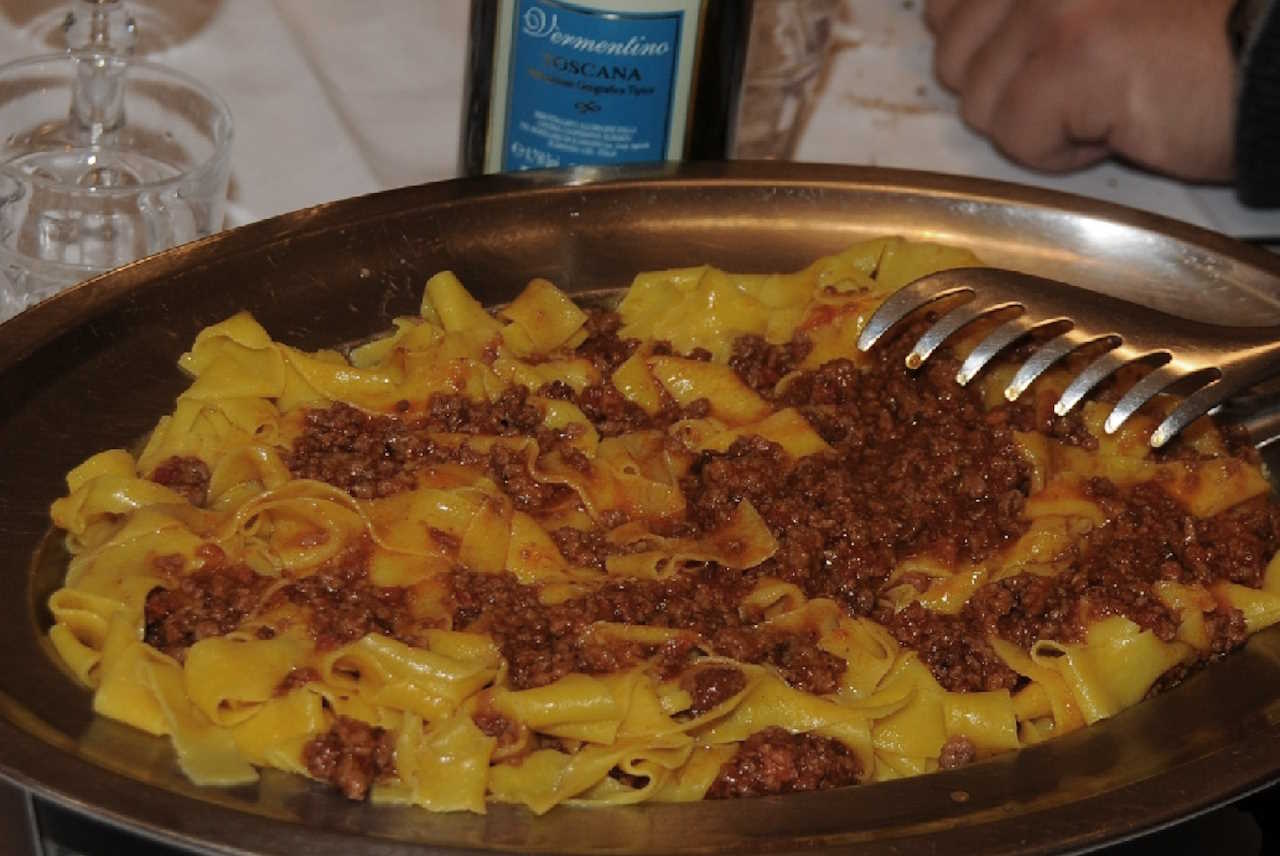
Napoletana pizza: the national symbol that has conquered the world
From Naples, the homeland of pizza, comes the second most loved and known Italian dish worldwide. Pizza is a true symbol of Italian cuisine and has been adopted in every corner of the globe.
The base of pizza is the dough, made with flour, water, and yeast, left to rise for several hours until it achieves a soft and elastic consistency. Rolled out thinly and topped with tomato, mozzarella, and a drizzle of extra-virgin olive oil, this dish represents a feast of flavors and aromas. Baked in the oven, pizza gets the perfect crispiness, making it irresistibly delicious.
Here’s the recipe for making Neapolitan pizza directly at your home.
Ingredients
For the dough: 500 grams of pizza flour (preferably 00 flour)
325 ml of warm water
7 grams of brewer’s yeast
1 teaspoon of sugar
1 teaspoon of salt
1 tablespoon of extra-virgin olive oil
For the topping: Peeled tomatoes (tomato sauce or fresh diced tomatoes)
Buffalo or fiordilatte mozzarella, cut into small pieces or slices
Fresh basil
Salt
Extra-virgin olive oil
Instructions:
Dough preparation:
Dissolve the brewer’s yeast and sugar in warm water. Let sit for about 10 minutes until the yeast activates and begins to foam.
In a large bowl, sift the flour and create a “crater” in the center. Pour the activated yeast water into the center of the flour.
Add salt and extra-virgin olive oil.
Begin gradually mixing, incorporating the flour until an even but soft dough is obtained.
Transfer the dough onto a lightly floured surface and vigorously knead for about 10-15 minutes until it is smooth and elastic.
Form a ball with the dough and put it in an oiled bowl. Cover with a damp cloth and let it rise in a warm place for about 1-2 hours, or until the dough doubles in volume.
Rolling out and topping the pizza:
Preheat the oven to the highest temperature (usually around 250-280°C) and put the pizza pan or stone inside to heat.
Transfer the dough onto a lightly floured surface and divide it into portions (about 200-250 grams each) to obtain individual pizzas.
With your hands and a rolling pin, roll each portion of dough out on a lightly floured surface to form a thin disk, leaving a thicker edge.
Spread the tomato sauce or fresh diced tomatoes onto the pizza surface, adding salt to taste.
Add the mozzarella pieces or slices and some fresh basil leaves.
Drizzle extra-virgin olive oil.
Baking the pizza:
Transfer the pizza to the preheated pan or pizza stone in the oven.
Bake the pizza at maximum temperature for about 10-15 minutes, or until the edge is golden and the cheese is melted and slightly browned.
Take out of the oven and add extra fresh basil leaves.
Cut the pizza into slices and serve it hot and fragrant.
Now, you are ready to savor your homemade Neapolitan pizza with the authentic taste of Italian tradition directly in your kitchen!
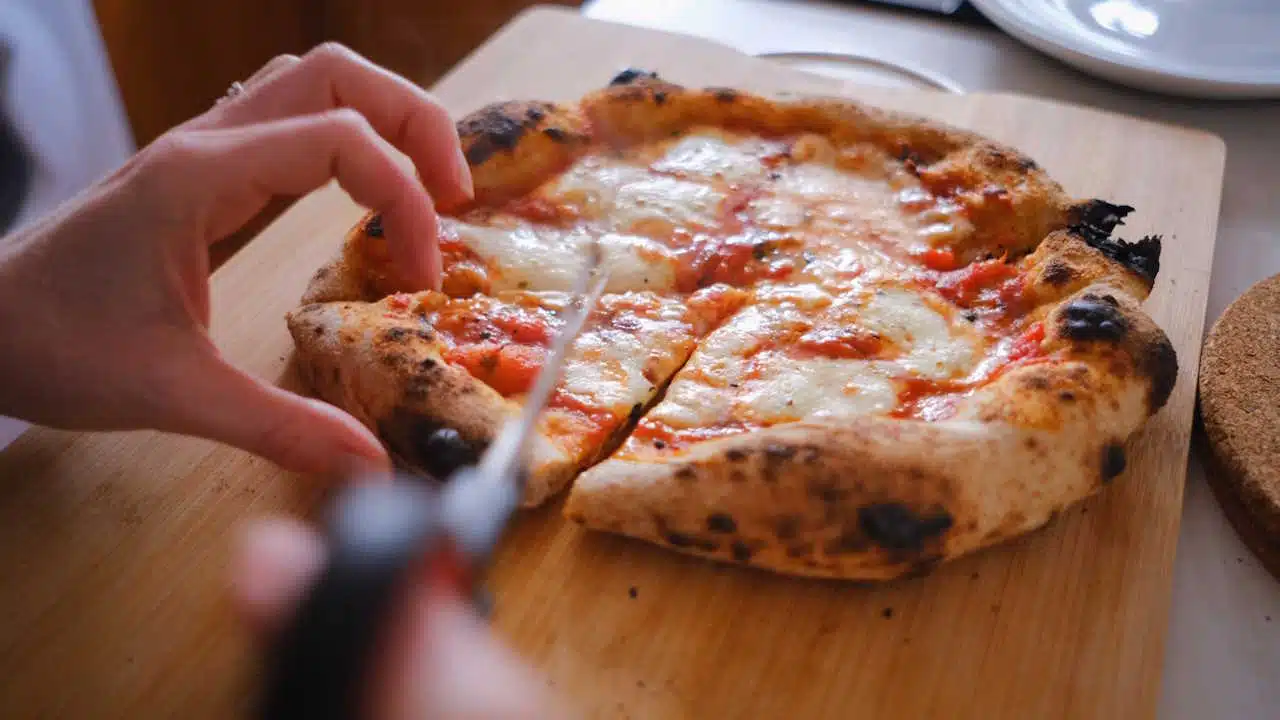
Pasta alla Carbonara: the Unique Taste of the Capital
Straight from the heart of the Capital, pasta alla carbonara is an iconic dish of Roman cuisine, loved throughout the world for its simplicity and deliciousness.
The recipe involves cooking the pasta al dente in salted boiling water. Meanwhile, the guanciale is browned in a frying pan. In a separate bowl, the eggs are beaten with grated pecorino romano and black pepper. Once the pasta is drained, it is poured into the pan with the guanciale and mixed with the egg and pecorino mixture, creating a delicious and creamy sauce. Pasta alla carbonara is a symphony of taste and tradition, combining simplicity and pleasure in every bite.
Here is the traditional recipe for Pasta alla Carbonara, an iconic dish of Italian cuisine that originates in the city of Rome, specifically in Lazio.
Ingredients:
400 grams of pasta (preferably spaghetti or rigatoni)
200 grams of guanciale (pork cheek) cut into matchsticks
3 egg yolks
100 grams of grated pecorino romano cheese
Salt, to taste
Black pepper, to taste
Procedure:
Preparation of ingredients:
Grate the pecorino romano cheese.
Cut the guanciale into matchsticks.
Pasta preparation:
Bring a pot of salted water to a boil.
Cook the pasta al dente according to the instructions on the package.
Sauce preparation:
In a bowl, beat the egg yolks with the grated pecorino and a generous amount of freshly ground black pepper. Mix well until you get a smooth mixture.
Browning the guanciale:
In a non-stick frying pan, brown the guanciale matchsticks over medium-high heat until crispy and golden.
Mix the pasta and the sauce:
Once the pasta is cooked al dente, drain it while keeping some of the cooking water aside.
Add the pasta directly into the bowl with the crispy guanciale and mix quickly so that the eggs do not become too cooked and are evenly distributed over the pasta. If necessary, add a little bit of the pasta cooking water to obtain a creamy consistency.
Serve:
Plate the pasta alla carbonara, adding more pecorino, freshly ground black pepper to taste and a handful of crispy guanciale.
Enjoy:
Serve hot and enjoy immediately to fully appreciate the creaminess and unique taste of pasta alla carbonara.
Buon appetito with this delicacy of Italian cuisine!
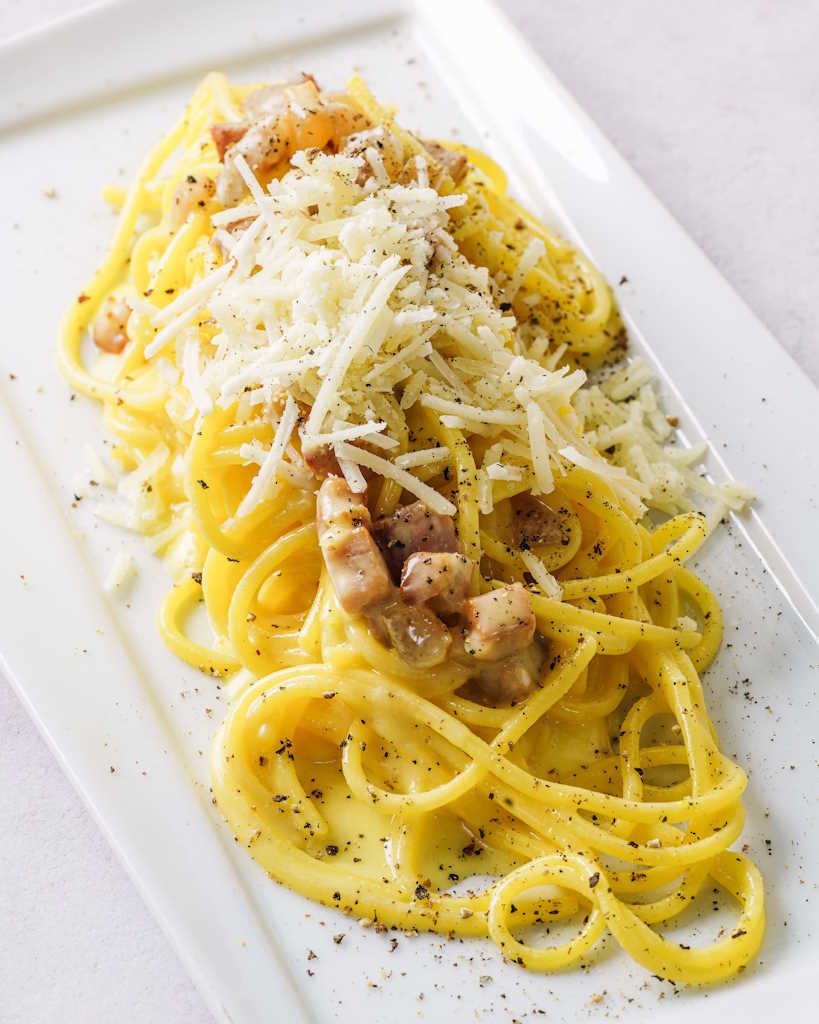
Bolognese Lasagna: the Harmony of Emiliana Flavours
From the rich culinary tradition of Emilia-Romagna comes Bolognese lasagna, a substantial and tasty dish that has won over palates all over the world.
Preparing this dish requires making Bolognese ragù and béchamel sauce. Fresh pasta is rolled out and alternated in layers with ragù and béchamel, then baked in the oven until perfectly golden. The result is a succulent lasagna, rich in flavours and aromas that delight the palate and capture the attention of anyone who tastes it.
Here is the recipe to prepare Bolognese Lasagna directly in your home.
Ingredients:
For Bolognese Ragù:
500 g of minced meat (beef and pork, or just beef)
1 medium onion, finely chopped
2 medium carrots, finely chopped
2 stalks of celery, finely chopped
3 tablespoons of extra-virgin olive oil
400 g of tomato pulp
1/2 cup of red wine
Salt and pepper to taste
For the Béchamel Sauce:
50 g of butter
50 g of flour
500 ml of milk
Salt, pepper and nutmeg to taste
For the Lasagna:
Egg pasta sheets for lasagna
Bolognese Ragù
Béchamel Sauce
Grated cheese (Parmigiano Reggiano or Pecorino)
Directions:
Preparing Bolognese Ragù: Heat the extra-virgin olive oil in a large pot over medium heat. Add the finely chopped onion, carrots and celery. Cook until the vegetables become tender. Add the minced meat and cook until it becomes well browned.
Add the red wine and let it evaporate completely.
Add tomato pulp, salt and pepper. Lower the heat and let it cook on low heat for at least one hour, stirring occasionally. If needed, add some hot water during the cooking.
Preparing Béchamel Sauce: Melt the butter in a saucepan over medium heat. Add the flour and stir well until obtaining a smooth mixture, without making it brown. Gradually add the milk, stirring constantly to avoid the formation of lumps.
Cook over medium-low heat until the béchamel sauce begins to thicken. Add salt, pepper and nutmeg to taste. Continue stirring until a creamy texture is obtained. Remove from heat and set aside.
Assembling the Lasagna: Preheat the oven to 180°C (356°F).
In a baking dish, pour some béchamel sauce on the bottom. Arrange a layer of egg pasta sheets for lasagna. Pour some Bolognese Ragù over the pasta sheets, levelling it well. Add a layer of Béchamel Sauce and sprinkle with grated cheese. Repeat the process until all the ingredients are used, ending with a layer of Béchamel Sauce and grated cheese on top. Cover the baking dish with foil and cook in the oven for about 25-30 minutes. Remove the foil and cook for another 10-15 minutes or until the surface is golden and crispy. Let it rest for a few minutes before serving.
Your delicious Bolognese Lasagna is ready to be enjoyed with friends and family.
Milanese Risotto: the Risotto from Lombardy’s Heart
We conclude our journey through the most beloved Italian dishes in the world with Milanese Risotto, a refined dish with delicate flavor, originating from the vibrant city of Milan.
Carnaroli rice provides the base for the dish, enriched with saffron that gives the unique golden yellow color and flavor. Onion is sautéed in butter, rice is toasted and cooked with white wine and gradually added vegetable broth. At the end, saffron and grated cheese are added, creating a velvety and tasty cream. Milanese Risotto is an explosion of flavor, a dish that enchants the palate with its softness and refinement.
Here’s the recipe to prepare the delicious Milanese Risotto, an Italian dish with a unique and refined flavor:
Ingredients:
320 grams of Carnaroli rice
1 finely chopped medium onion
70 grams of butter
1 sachet of saffron (about 0.1 g)
80ml of dry white wine
1.2 liters of hot vegetable broth
Salt to taste
Grated Parmigiano reggiano cheese (about 50g)
Directions:
Dissolve the saffron in a little hot broth and let it infuse for about 15-20 minutes. Heat the vegetable broth in a pot. Melt half of the butter over medium heat in a high-rimmed pot. Add the chopped onion and let it become slightly tender without browning. Add the Carnaroli rice and toast for a few minutes, stirring gently. Pour white wine into the rice and let it evaporate completely. Start adding the hot broth, a ladle at a time, stirring gently and waiting until the broth is absorbed before adding more. Continue this process until the rice is al dente, which takes about 15-18 minutes. Add the saffron infusion to the risotto and mix well. This will give the rice the characteristic yellow color.
When the risotto is cooked to your liking, remove the pot from the heat and add the remaining butter and grated Parmigiano reggiano cheese. Stir vigorously until you get a creamy and homogeneous risotto. Let the risotto rest for a few minutes before serving.
Distribute the Milanese Risotto on plates, garnish with some grated Parmigiano reggiano cheese and serve hot.
Your Milanese Risotto is ready to be enjoyed by your guests.
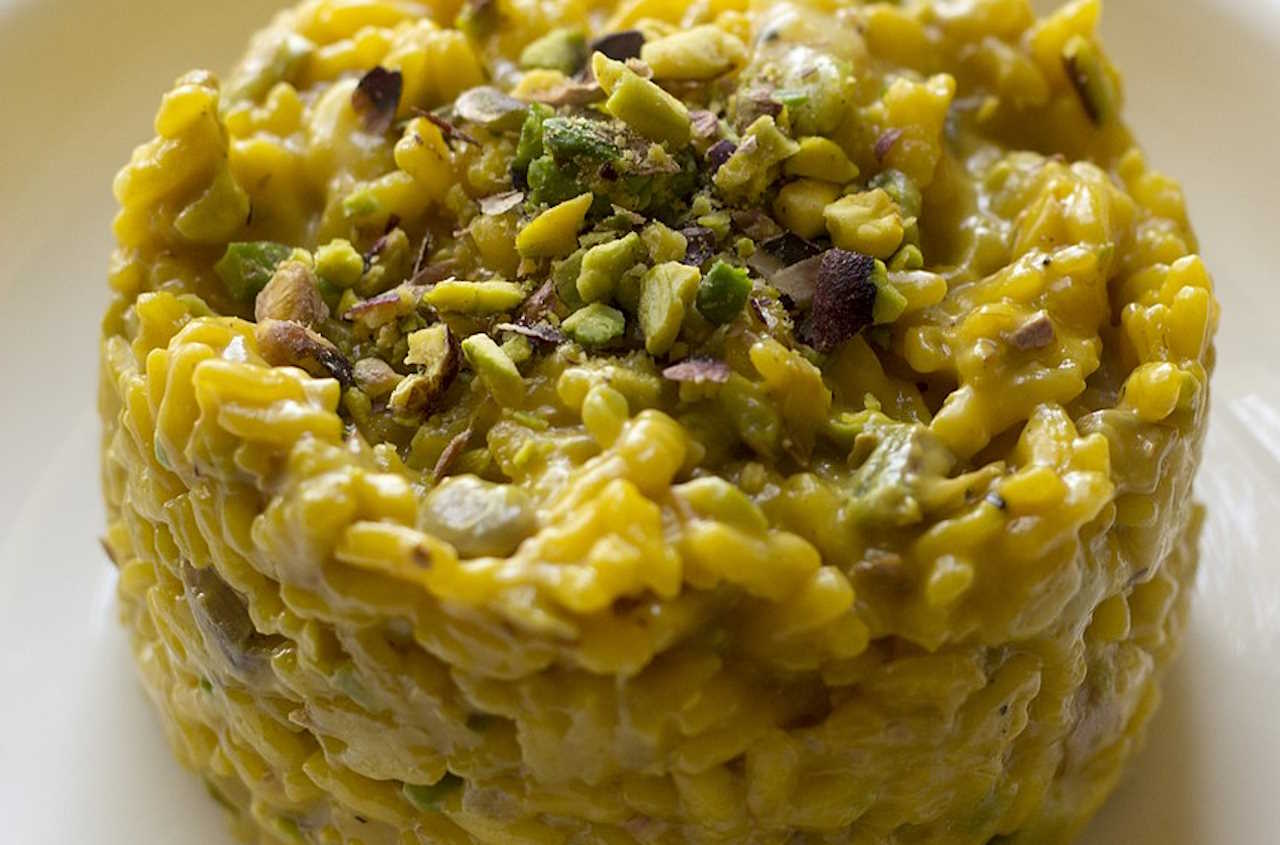
In conclusion, these five dishes represent only a small part of the vast and varied Italian culinary tradition. Each dish is a combination of genuine ingredients and careful preparation. From vibrant colors to inviting textures, every detail is studied to create a complete gastronomic experience that engages all the senses. With passion and dedication, it is possible to bring the authentic taste of Italy into your own kitchen, giving yourself and your loved ones a unique and unforgettable gastronomic experience. Enjoy your meal!
by Argiletum Tour Rome Staff
Eno-Gastronomic Tour of Italy
-
Gastronomic Tour in Rome: Street Food, a culinary adventure
Food and Wine Experience189,00€Street Food Tour in Rome: 3-Hour Culinary Tastings - Small Group max. 6 people
-
Day trip to Siena, San Gimignano, Pisa, from Florence
Florence313,00€ – 711,00€Day trip to Siena, S. Gimignano and Pisa - from Florence, Siena or Pisa by Private car!
Tour Guide | Private Driver | 10 hours
-
Private Wine Tour with Cooking Class and Lunch
City Tours of Rome422,00€ – 595,00€Wine Tour with a Cooking Class and Lunch at a Wine Resort in the Castelli Romani area, Private Tour.
Frascati - Rome | Wine Tasting | By de luxe car | 6 hours
-
Wine tasting and lunch at Farmhouse near Rome
City Tours of Rome173,00€ – 265,00€Wine tasting and lunch in a historic farmhouse in Frascati, only 30 minutes from Rome
Frascati - Rome | Wine Tasting | By Car | 5 hours
-
Full Day Wine Tour in Val D’Orcia – from Rome or Florence
Florence265,00€ – 615,00€Full-day Wine Tour in Val D'Orcia. Visit Pienza and Montepulciano - from Rome or Florene by Private car!
Val D'Orcia | Tour Guide | Private Driver | 12 hours
-
Sicily Escorted Tour, Catania Catania 8 days
Food and Wine Experience999,00€ – 1.059,00€Sicily Escorted tour and the archipelago of Aeolian Islands, surrounded by an uncontaminated sea, and a savage beauty
Sicily | Escorted Tour | 4 stars | By Gt Bus | 8 days
-
Private Tour Pompeii, Vesuvius and wine tasting
Day Trips from Rome260,00€ – 575,00€Private Tour to Pompeii and Mount Vesuvius to discover one of the most typical regions of Southern Italy. Tour a local winery, with wine tastings and lunch
Special discount 8%
Vesuvio and Pompeii | Guided Tour | Private Driver | 1 day


Events and Exhibitions 2025 in Italy
2025 in Italy promises to be a year full of events and exhibitions: from major cultural festivals to art exhibitions, from historical celebrations to meetings with the most innovative expressions of design and technology, the calendar is full of opportunities to explore the creativity and traditions of our country. Whether you are passionate about art, music, fashion, history or gastronomy, you will surely find something extraordinary to discover.
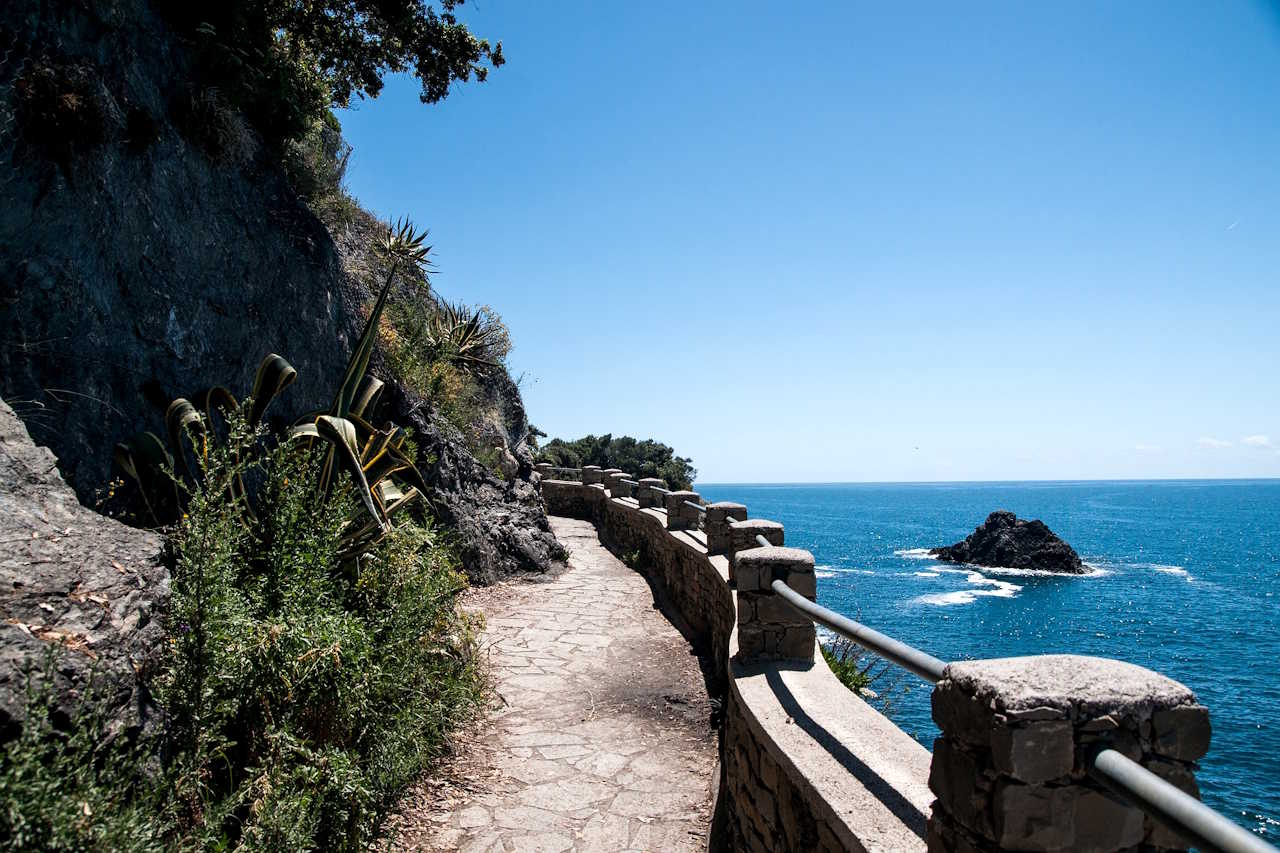
Liguria, where the sea embraces the mountains
A narrow strip of land nestled between the mountains and the sea, Liguria is a region that tells its story through contrasts. Every glimpse is a painting, every alley a tale, every flavor a narrative.

The Etruscans, an enigmatic people from central Italy
The Etruscans represent one of the most enigmatic and influential civilizations of antiquity, a people who inhabited central Italy (particularly the region corresponding to present-day Tuscany, along with parts of Lazio and Umbria, which the ancients called Etruria)

Major Artworks in Italy and Where to Find Them
The main works of art in Italy that every culture lover should see at least once in their life, with directions on where to find them: from Michelangelo to Caravaggio, from Leonardo da Vinci to Botticelli
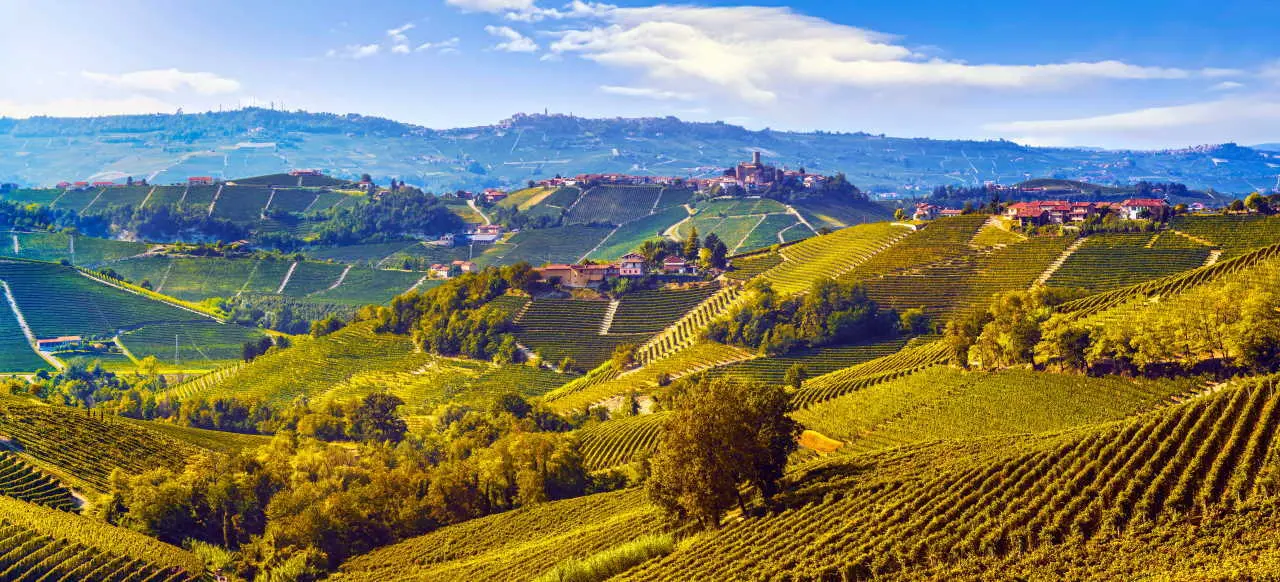
Popular Destinations in Italy – Discovering the Langhe
The region of Langhe inItaly, a UNESCO World Heritage Site, it is renowned for its patchwork of vineyards, forests, pastures, perched medieval villages, and castles. A microcosm of biodiversity, culture, and flavors where tradition and innovation blend in a unique way, symbolizing how nature and humans can collaborate harmoniously to create a distinctive environment.
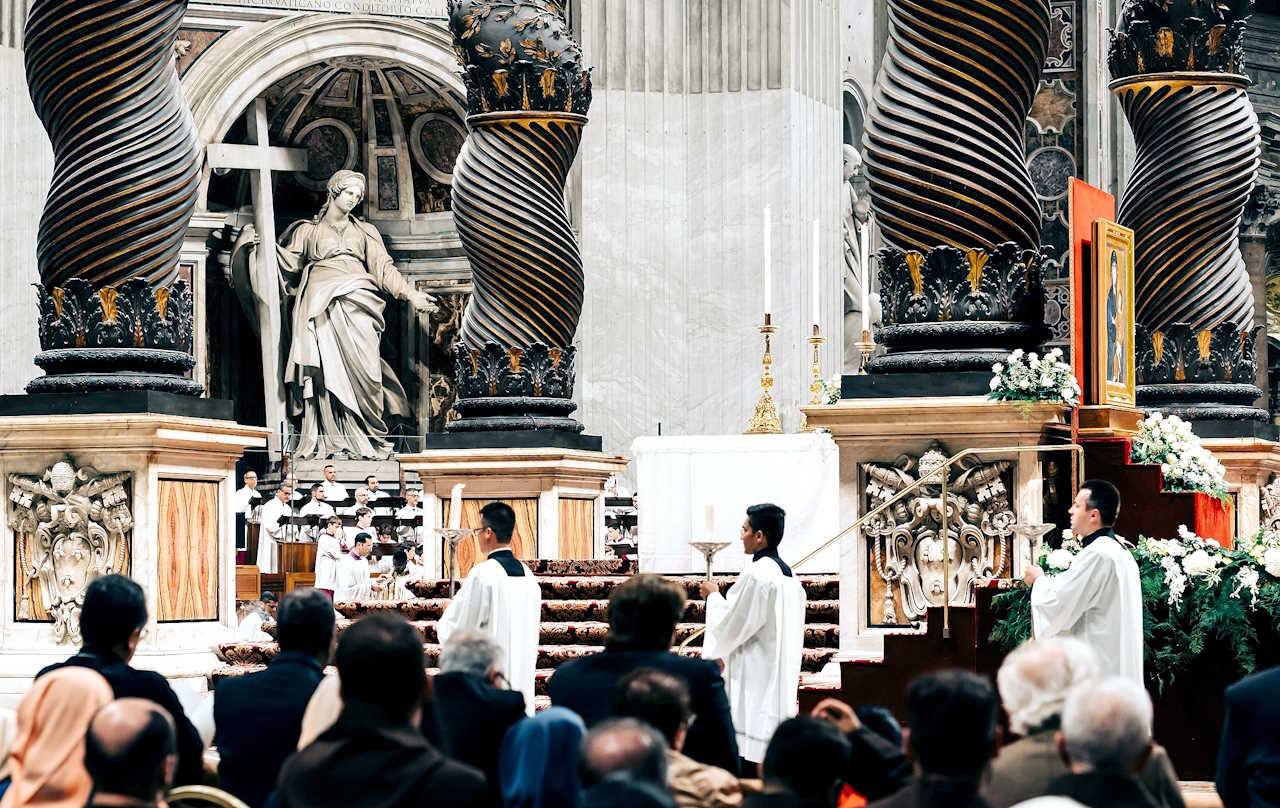
Jubilee 2025 in Rome – A Guide for Contemporary Pilgrims
The Jubilee 2025 will not only be a time of deep spirituality but also an opportunity to boost tourism and the economy of Italy’s capital
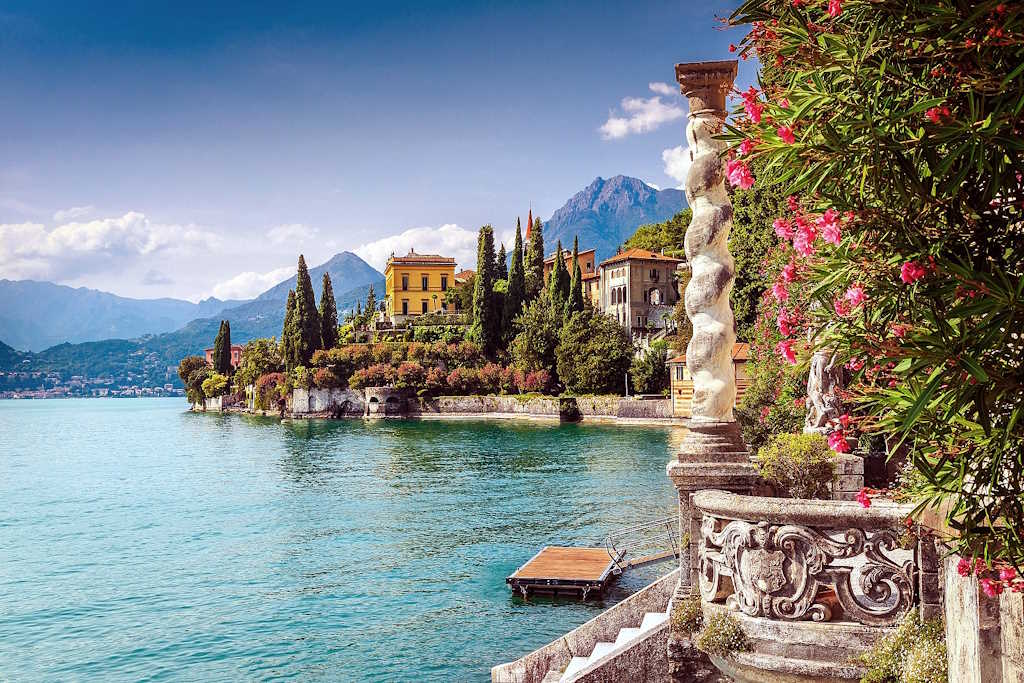
Popular destinations in Italy – Lake Como
Located in the heart of the Lombardy region in Italy, nestled between the Alps and the Po Valley, Lake Como has been described as the most beautiful lake in the world
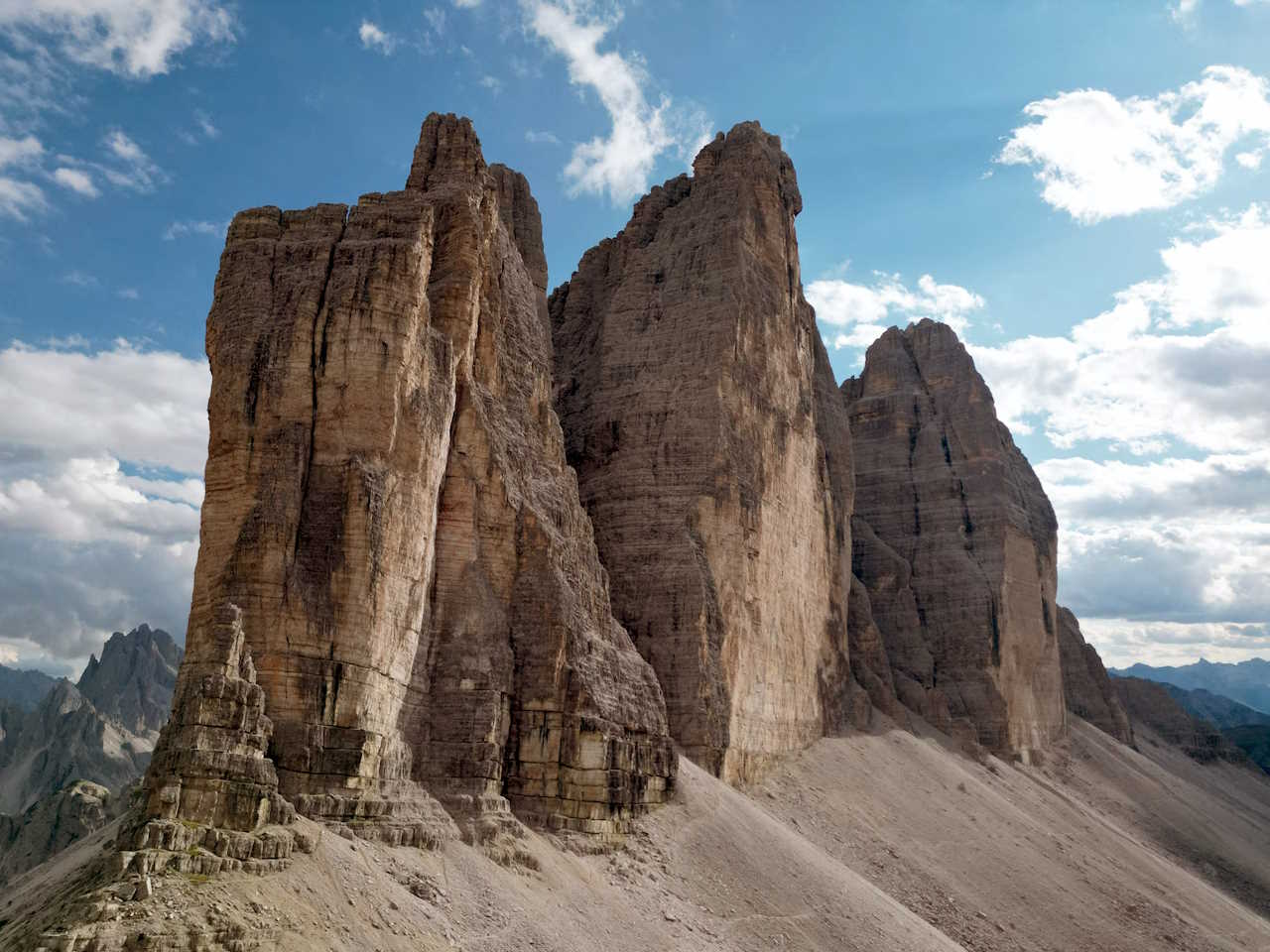
Dolomiti, the mountains in Italy carved by the gods
A unique natural treasure in the world, where breathtaking landscapes, rich biodiversity, and cultural heritage come together in an extraordinary combination. These are the Dolomites. Every visit to these mountains is an opportunity to connect with majestic nature and discover a culture deeply rooted in the region.

Trimalchio’s Banquet – Ancient Romans at the Table
Petronius, a writer who lived during the reign of Emperor Nero, left us with an unforgettable description of the banquet of the nouveau riche Trimalchio, a rude and exuberant guest. Even though the account is deliberately exaggerated, focusing on emphasizing the character’s vulgarity, it offers us one of the rare chances to get to know the Roman’s culinary taste.
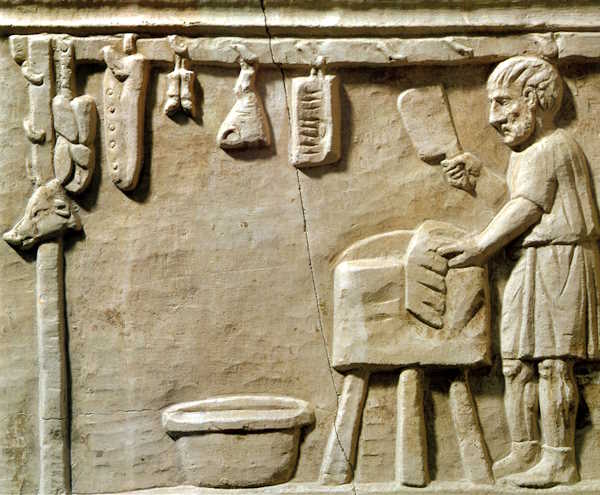
Ancient Romans at the table
Food and Culinary Habits in Ancient Rome. The daily life of ancient Rome is deeply reflected in the eating habits of its inhabitants, revealing a world of contrasts between sobriety and opulence.
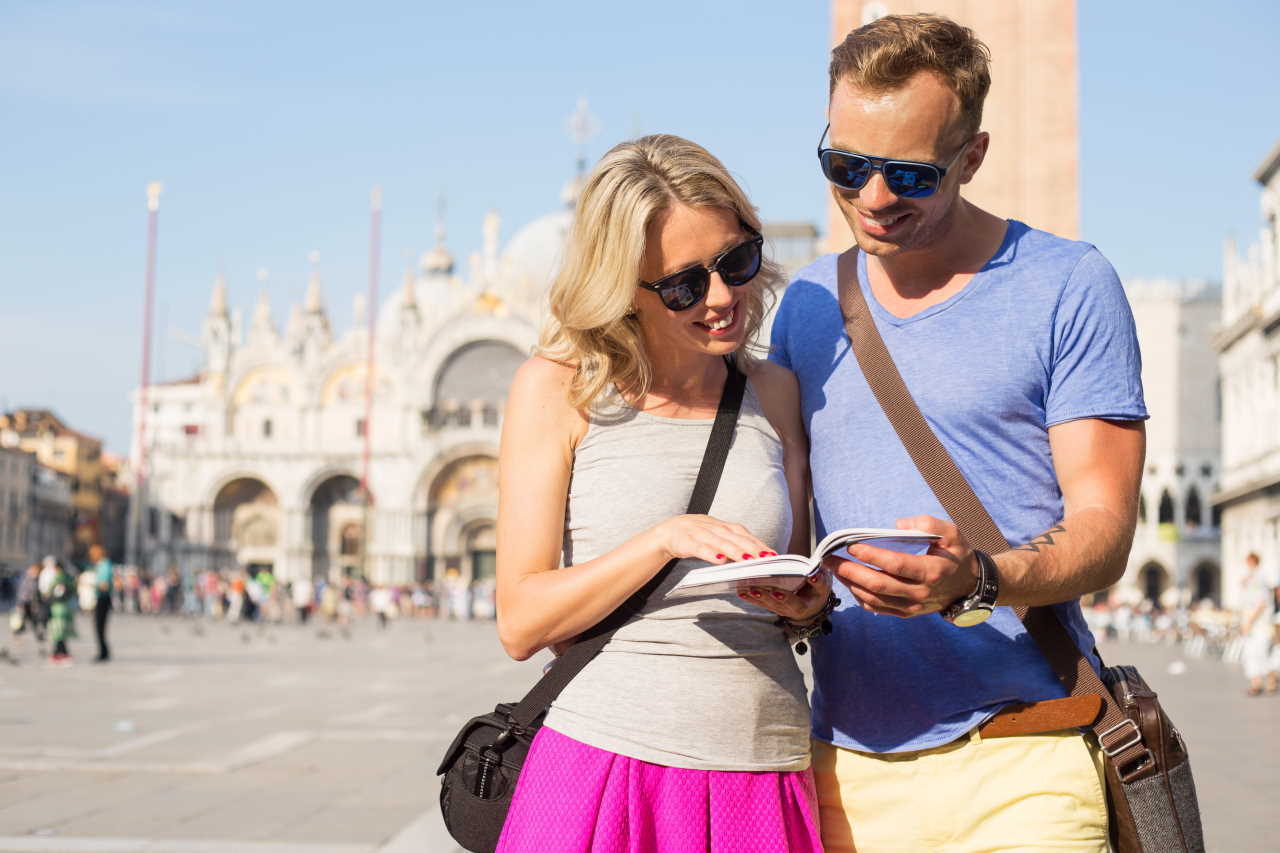
Venice, Essential Guide for Travelers
Explore the magic of Venice with our complete traveller’s guide. Discover the most iconic places such as Piazza San Marco and the Rialto Bridge.
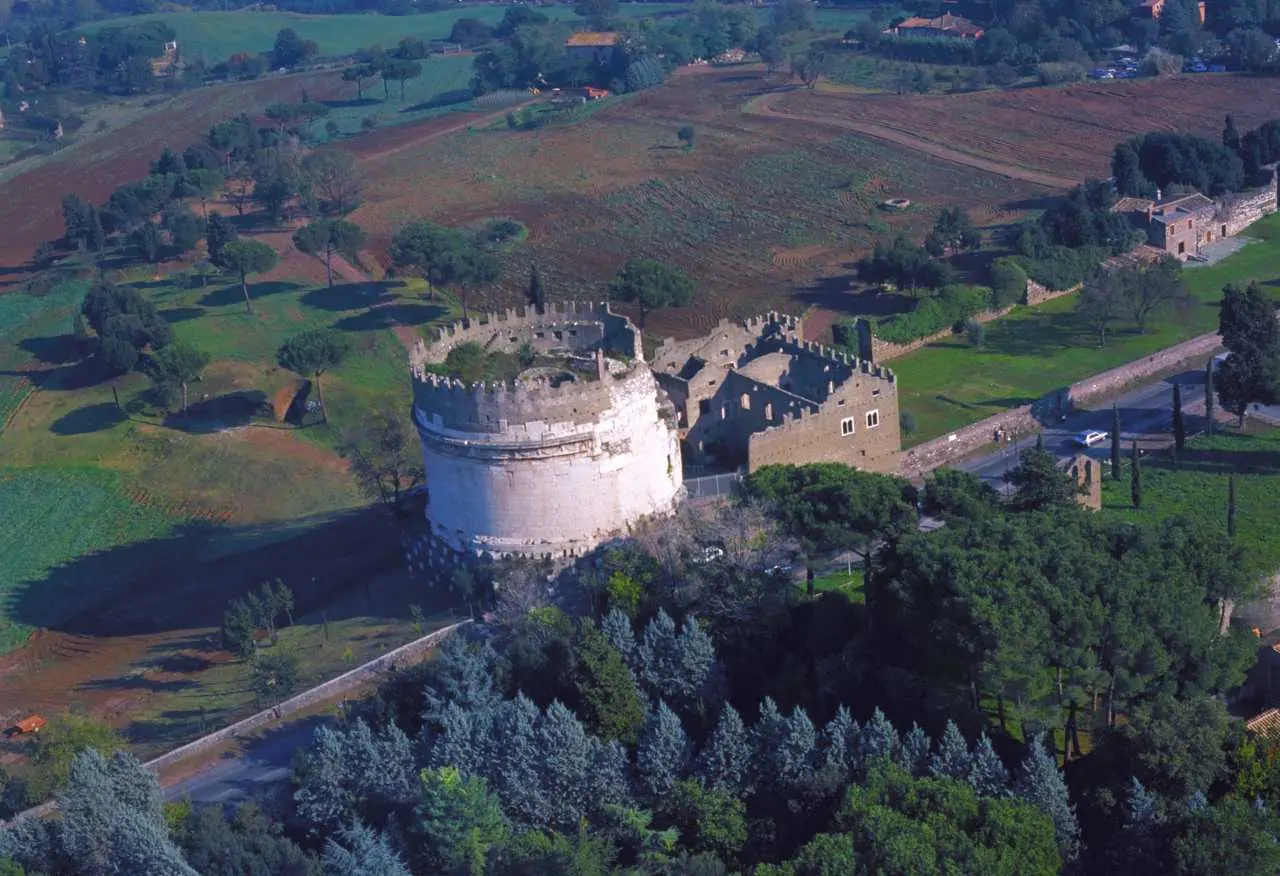
Ancient Appian Way, the highway of Ancient Rome
Known as the “Queen of Roads,” the ancient Appian Way in Rome is one of the most important engineering marvels of all time, a tangible testament to the greatness and mastery of Roman civilization.

Museums to visit in Italy
The museums in Italy offer visitors a rich array of themes, types, and locations, making them a unique experience. Some of the world’s most historically and culturally significant museums welcome visitors to immerse themselves in the depths of Italian history and art.
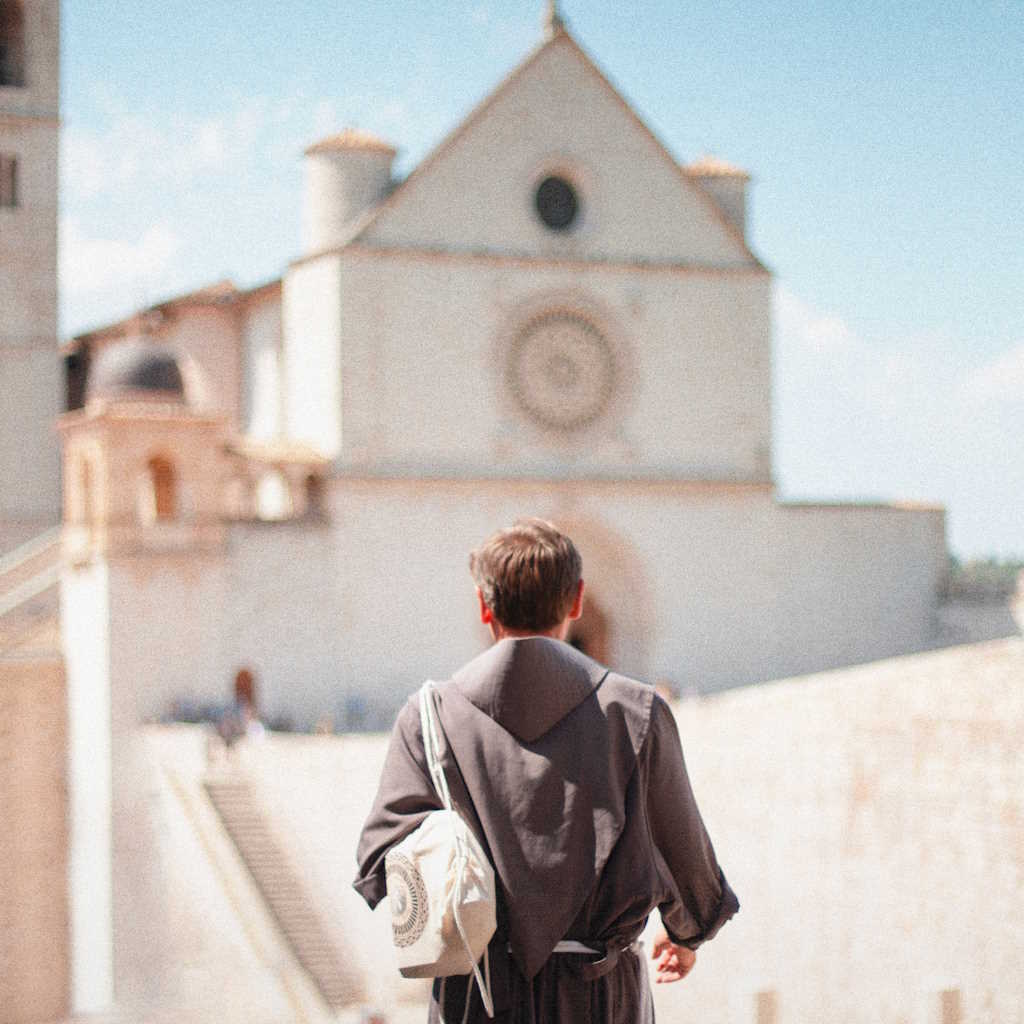
Umbria, land of history, art, nature, religion and flavours
Umbria is a reality suspended between the richness of its history, the depth of its culture, and the majesty of its nature. Located in the heart of Italy, between Tuscany, Marche, and Lazio, it is the only region on the peninsula without a coastline. Also known as the “green heart of Italy,” Umbria is a destination that provides a variety of experiences for visitors.

How I found a wife with Italian cuisine – Rome cooking class
Rome is a fantastic city to take a cooking class, with a rich culinary history and culture. With a little research, you can find the perfect cooking class for your needs

Luxury Vintage Shopping in Rome
The story of an experience lived in Rome, a four-hour shopping tour with an expert guide and a luxury car with driver to discover the best vintage luxury shops in the Capital
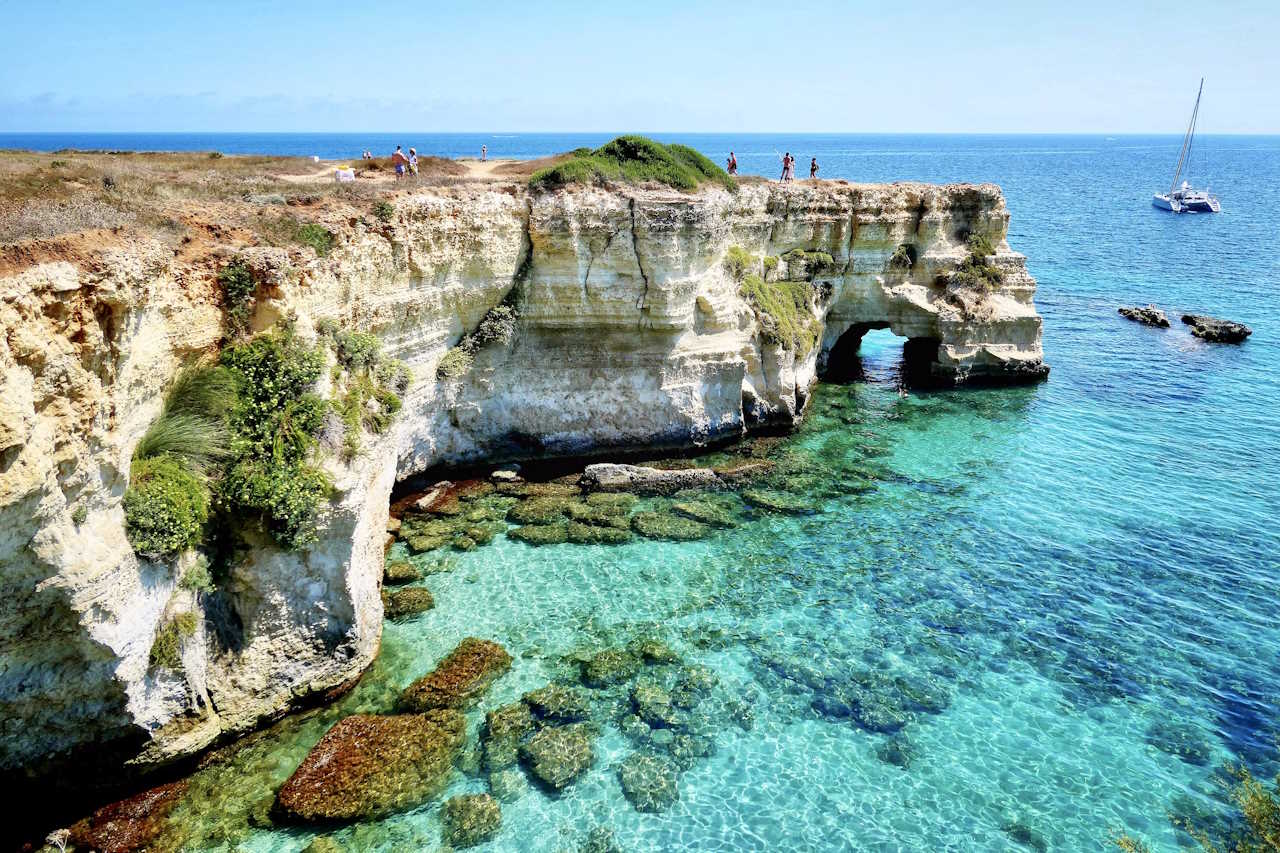
Trip to Puglia, a land to discover
Puglia is truly a land to discover, a hidden treasure in the heart of the Mediterranean. With its temperate climate and four distinct seasons, this region offers a unique tourist experience throughout the year
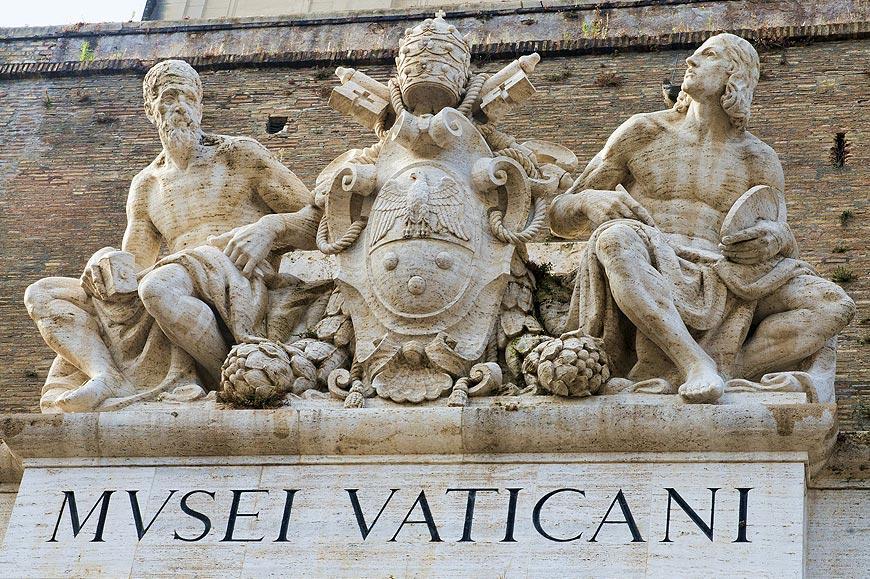
Entrance to the Vatican Museums and Sistine Chapel 2024 and 2025
The Vatican Museums and Sistine Chapel are about to introduce significant changes to their visiting schedule to optimize the use of their collections and provide a more inclusive experience for visitors, leading up to the Jubilee of 2025 in Rome. These changes will take effect on January 1st, 2024.

Italy: unconventional experiences for adventurous travellers
Italy is a country that offers a wide range of original and extreme experiences for the most adventurous travelers. Whether it’s exploring the depths of the sea, climbing imposing mountains, or immersing oneself in the rich culinary tradition of the country, there is something for everyone looking for authentic and unique thrills. Italy invites travelers to push their limits, discover new horizons, and live an experience that will remain imprinted in their memory.

The pilgrimage in Italy
The tradition of pilgrimages in Italy is an integral part of the social, cultural, and religious fabric of the country. Throughout centuries of history, this practice has shaped individual and collective identities, enriching the spiritual and cultural life of those who undertake the journey. Pilgrimage remains a meaningful experience, reflecting mankind’s search for meaning and connection, and a link between the past, present, and future.
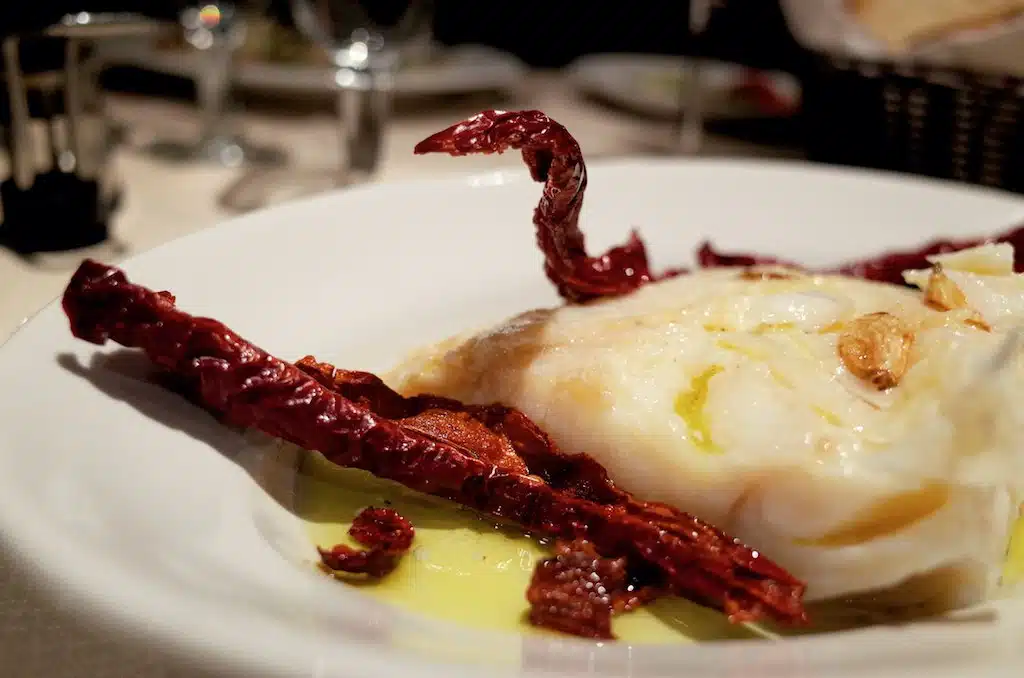
The 5 most loved Italian dishes in the world
Italy, the birthplace of gastronomy, is universally recognized for its rich and diverse cuisine that reflects centuries of culinary traditions passed down from generation to generation. While not everyone can afford to enjoy Italian dishes in a Michelin-starred restaurant, it is possible to experience the magic of Italian cuisine by preparing some of the most beloved dishes directly at home. Here are the five most loved Italian dishes in the world, along with their recipes and secrets for successfully replicating them in your own kitchen
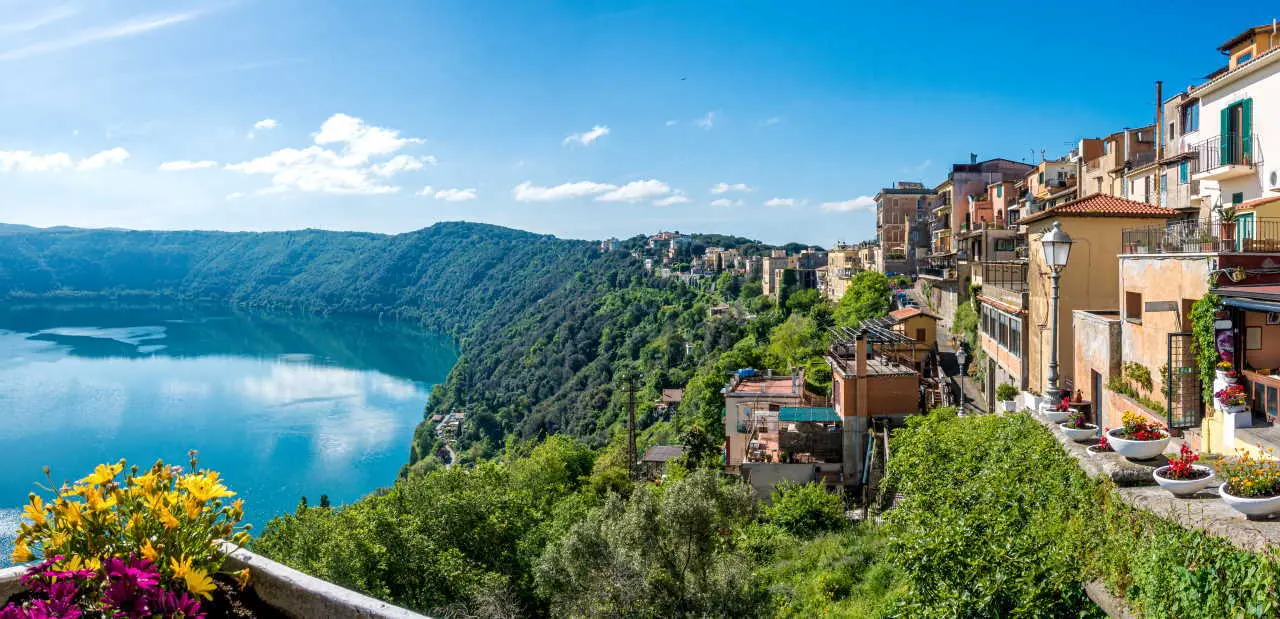
The Roman Castles, “invisible castles”
The Roman Castles, also known as the “invisible castles”, are historical places located near Rome, famous for their scenic beauty and gourmet food and wine tradition. Despite their rich history and natural attractions, these places often go unnoticed due to Rome’s extraordinary artistic wealth.
The very birth of Rome is linked to the events of Alba Longa, probably the current Castel Gandolfo, founded by Ascanio, son of Aeneas and Creusa in 1230 BC.
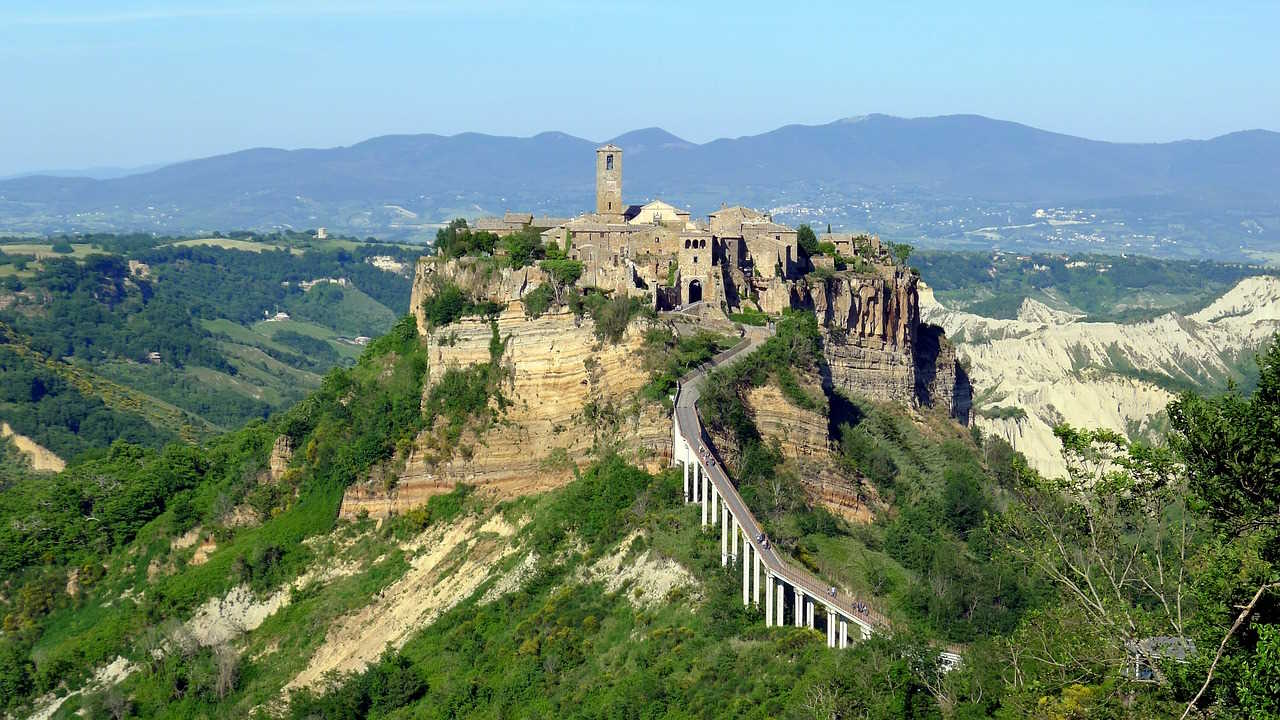
Civita di Bagnoregio, Caprarola, Bomarzo – DISCOVERING HIDDEN TREASURES OF ITALY
Italy is a country rich in hidden treasures and captivating destinations where history, art, and natural beauty come together in a unique and unforgettable experience. Among the lesser-known yet equally fascinating gems, Civita di Bagnoregio, Caprarola, and Bomarzo stand out. Let’s discover what makes these places so special.
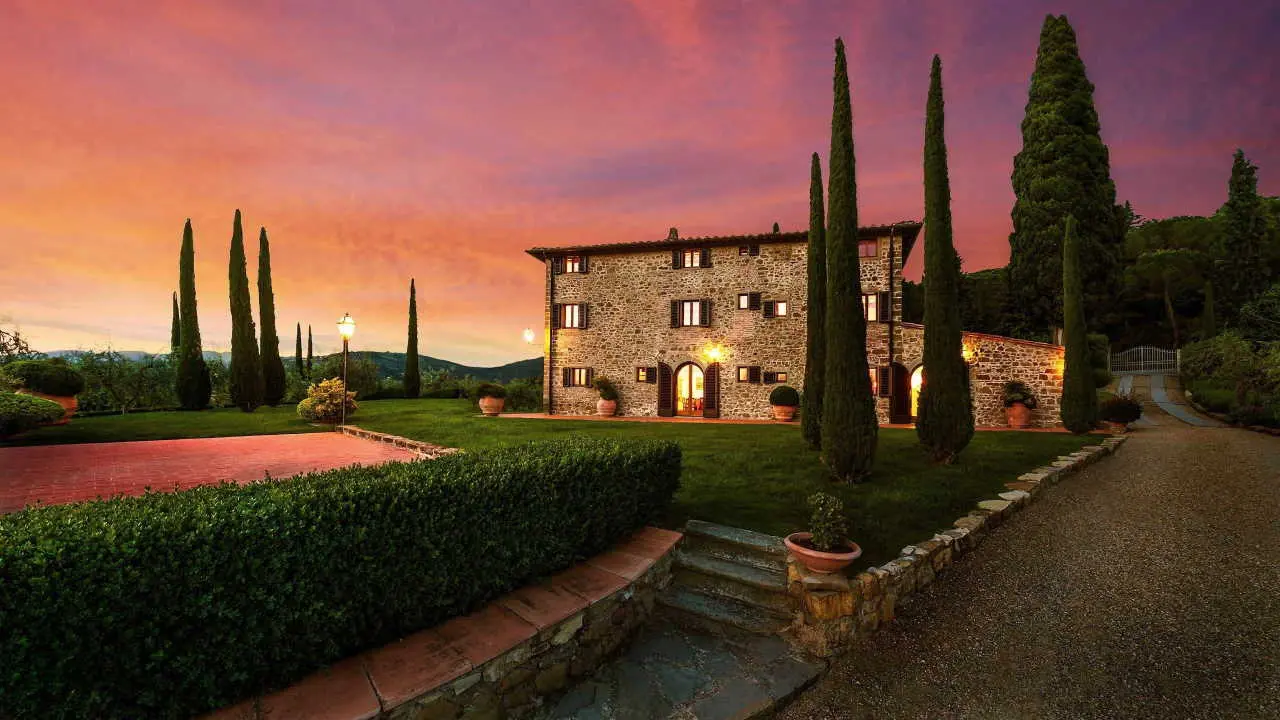
Wonders of Tuscany: a journey through Art, History and Food and Wine
Located in the heart of Italy, Tuscany is a true treasure to discover. Lush hills, luxurious vineyards, picturesque rural landscapes, historic villas, enchanting medieval cities and an atmosphere of refined timeless beauty have won the hearts of visitors from all over the world.

The Domus Aurea: a hidden masterpiece of Ancient Rome
Built by Emperor Nero in the 1st century AD, the Domus Aurea in Rome is an extraordinary monument that stands as a tangible symbol of the luxury and grandeur of ancient Roman civilization
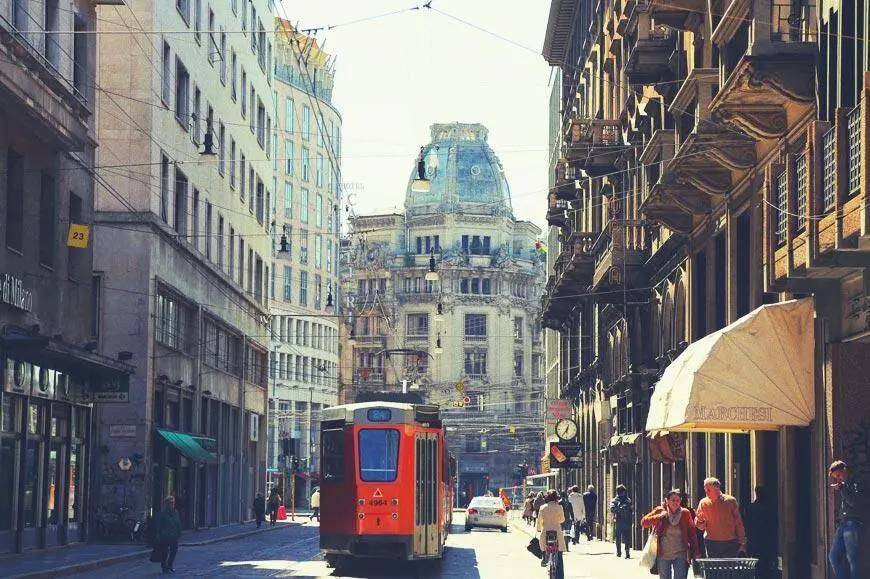
Guide of Milan for Newbies
Our Quick Guide to Milan for Beginners will accompany you in discovering the treasures of this fascinating and hectic metropolis, providing you with essential information on the main attractions.

Milan: A food and wine experience not to be missed
Milan is much more than a fashion capital; it is also a top culinary destination. With its traditional cuisine, cosmopolitan culinary scene, food markets, and innovation, the city offers a complete eno-gastronomic experience.

Roman coast: a journey through history, sea and unique atmospheres
Discovering the Roman Coastline: A Journey through History, Sea, and Unique Atmospheres by Sarah Strol illustration by franco rea Roman
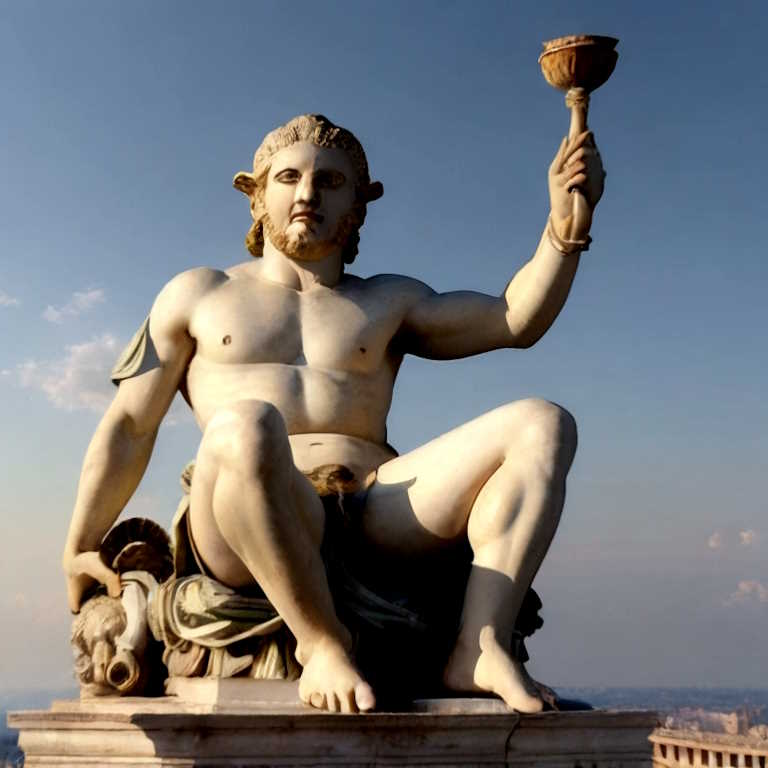
A Story of Rome
TRAVELS IN SPACETIME A Story of Rome It was a sweltering day in July, with the sun beating down on

Discovering Rome’s “Hidden Treasures”
Discovering the “hidden treasures” of Rome Welcome to a fascinating journey through a less frequented Rome, different from the usual
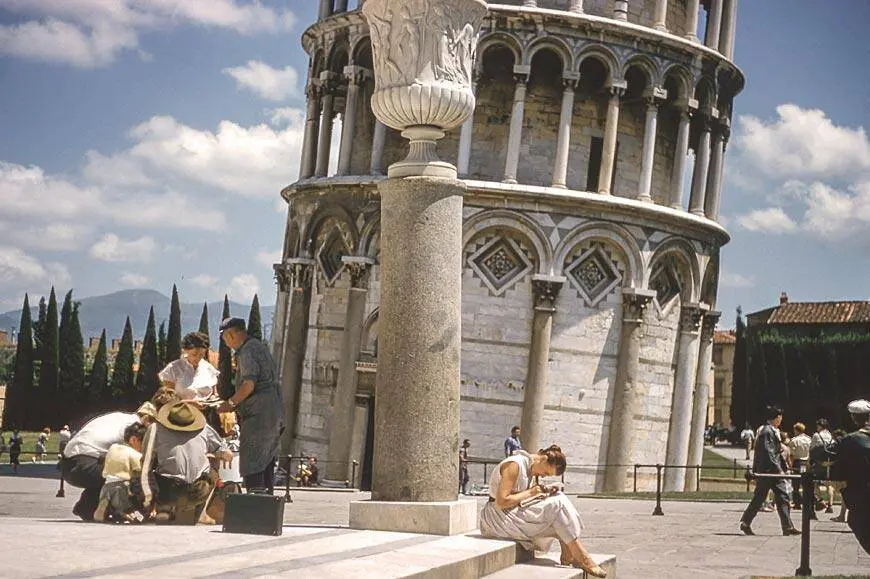
My Daily Excursions from Rome
“I am always looking for unforgettable experiences, and when I arrived in Rome, I was advised to participate in daily group or private excursions.”
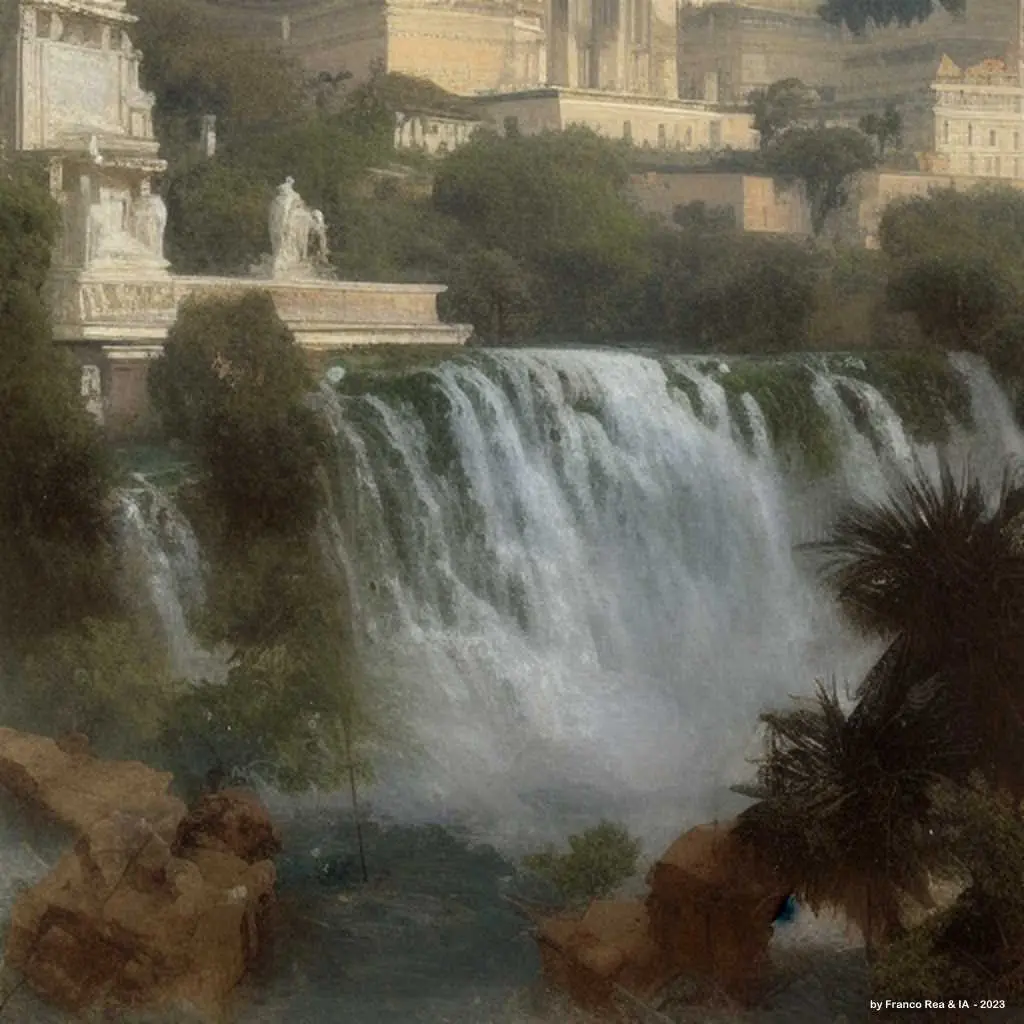
Impossible Rome
a gallery of images to you, created using artificial intelligence on the theme of “Impossible Rome”
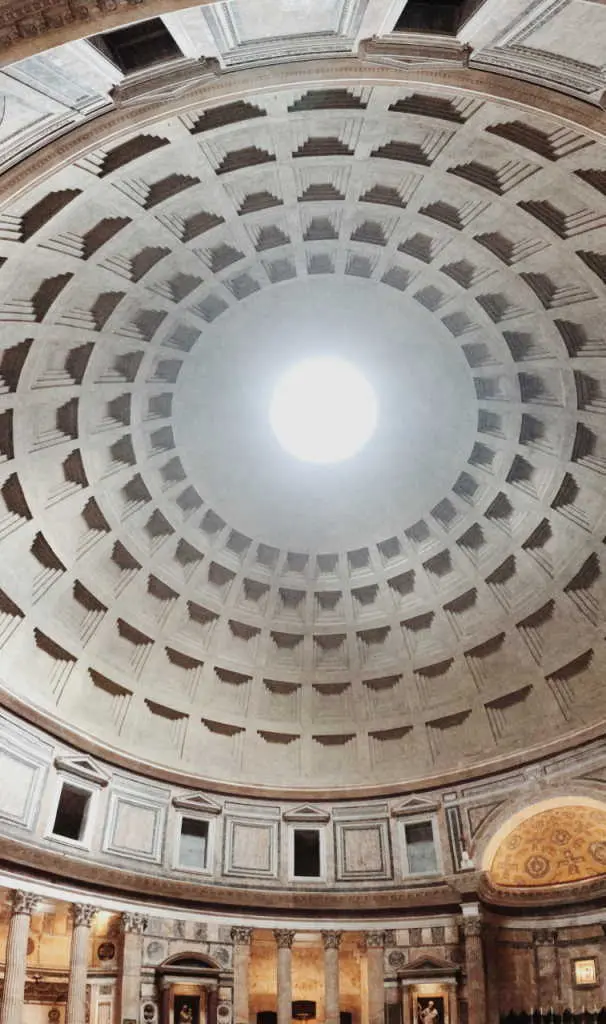
The Pantheon, great masterpiece of Roman architecture
Pantheon Contents The Pantheon Great masterpiece of Roman architecture. It is one of the ancient monuments best preserved in the
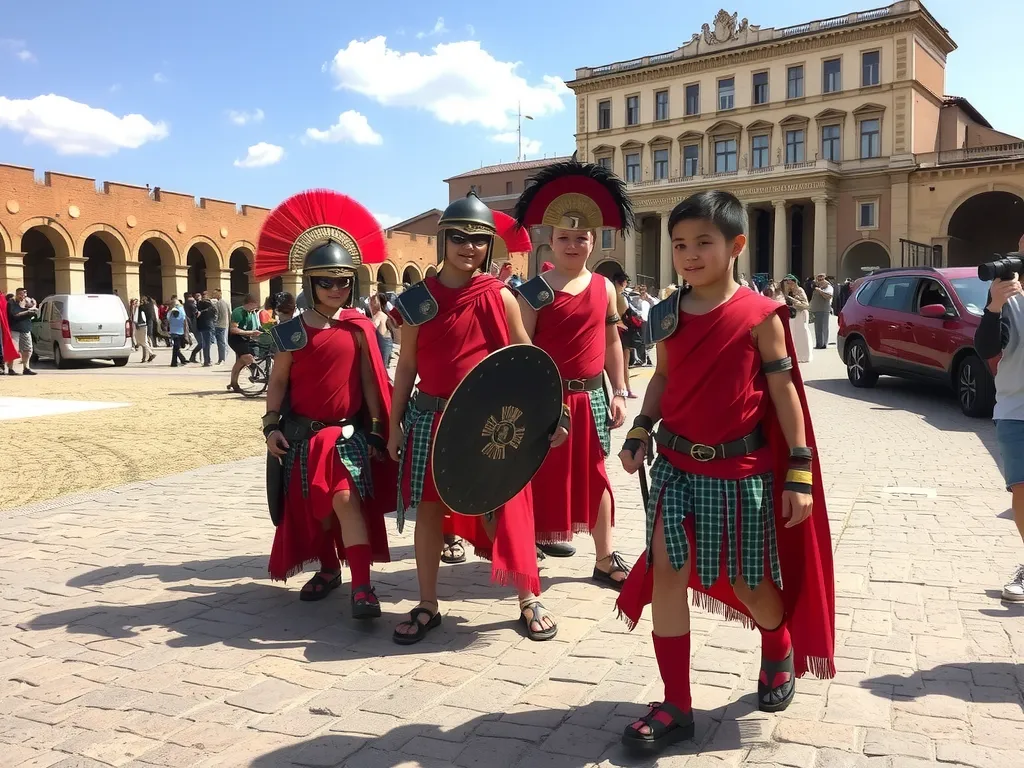
Fun Activities to do in Rome
for adults and children Fun and Unusual Activities to do in Rome Rome offers a myriad of opportunities to
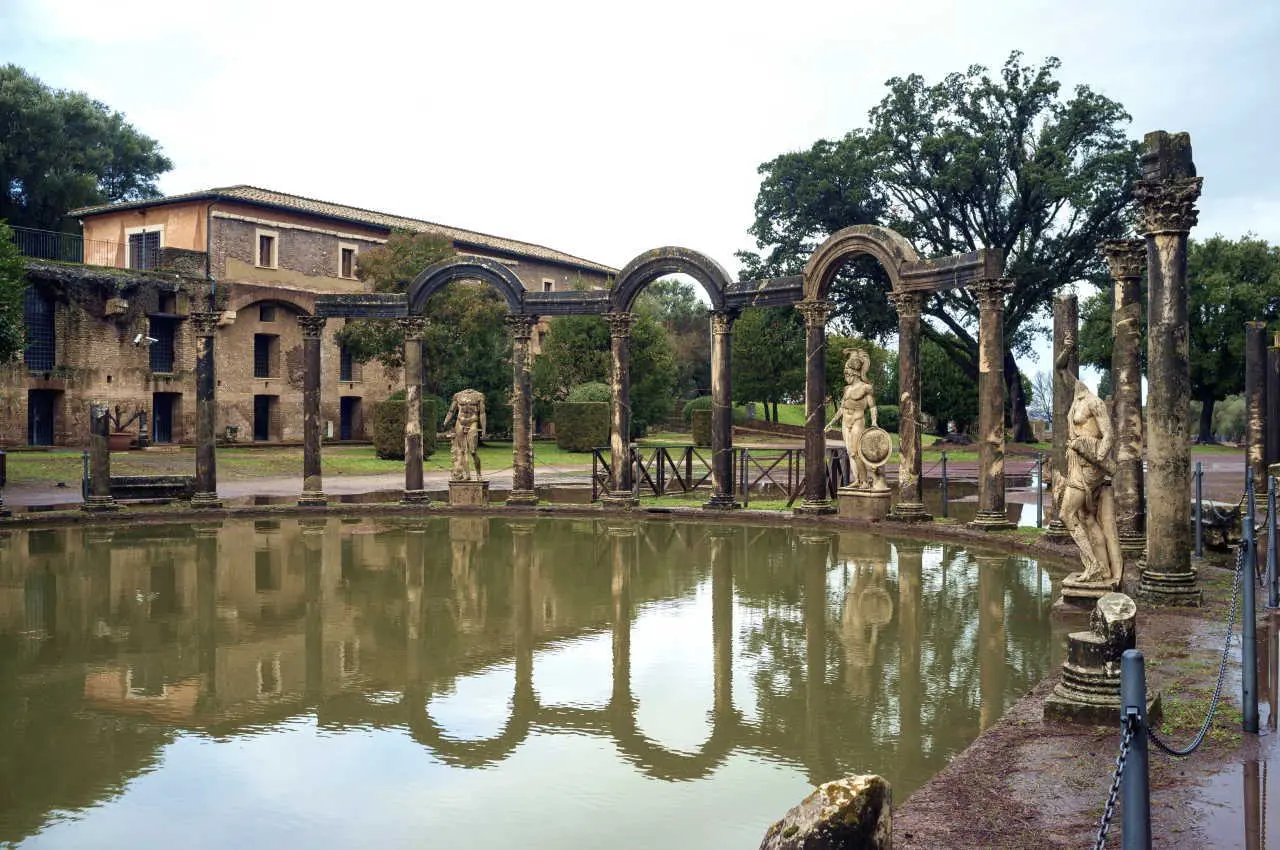
Villa Adriana in Tivoli, Rome
Villa Adriana – Tivoli, Rome The enormous complex of buildings of Villa Adriana in Tivoli, near Rome, was built (probably

St Peter’s Basilica in Vatican State, Rome
The Basilica of St. Peter in the Vatican City The Basilica of St. Peter is in the heart of the
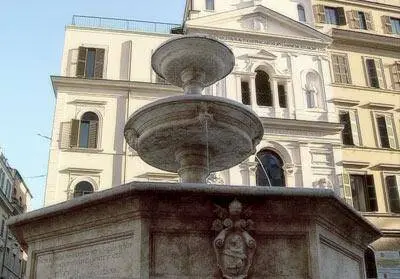
Rione Monti – the first quarter of Rome
Rione Monti Rome Index Monti, the first quarter of Rome The first quarter of Rome is “Monti” (mounts), so called as

Places Contemporary Rome
The places of contemporary Rome Rome has never stopped adding new architectural layers to its topographic fabric, with works often

Eating in Rome
Eating in Rome! Eating like a God in Rome, Roman food’s survival guide! Index Eating in Rome “Please, recommend us
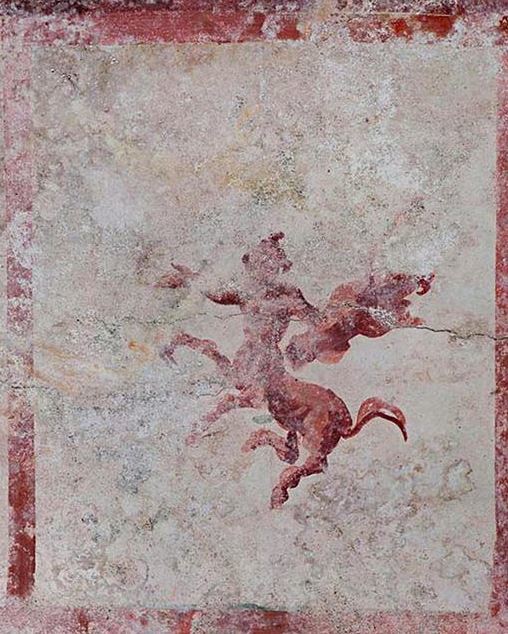
Why visit Rome
If you love traveling to discover unique places in the world, you must absolutely visit Rome!
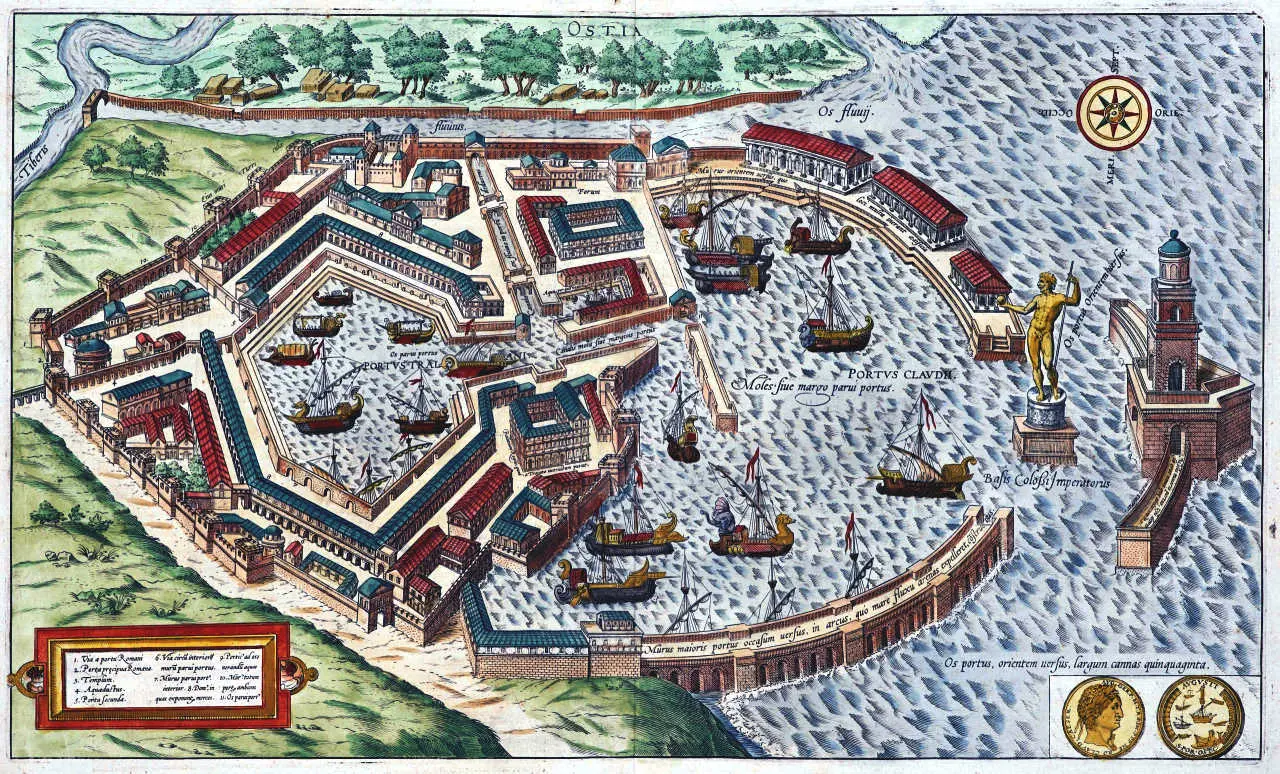
Portus Romae, the largest port of antiquity
Brief history of the greatest port in antiquity Portus Romae, the port of the Roman Empire Portus Romae was the
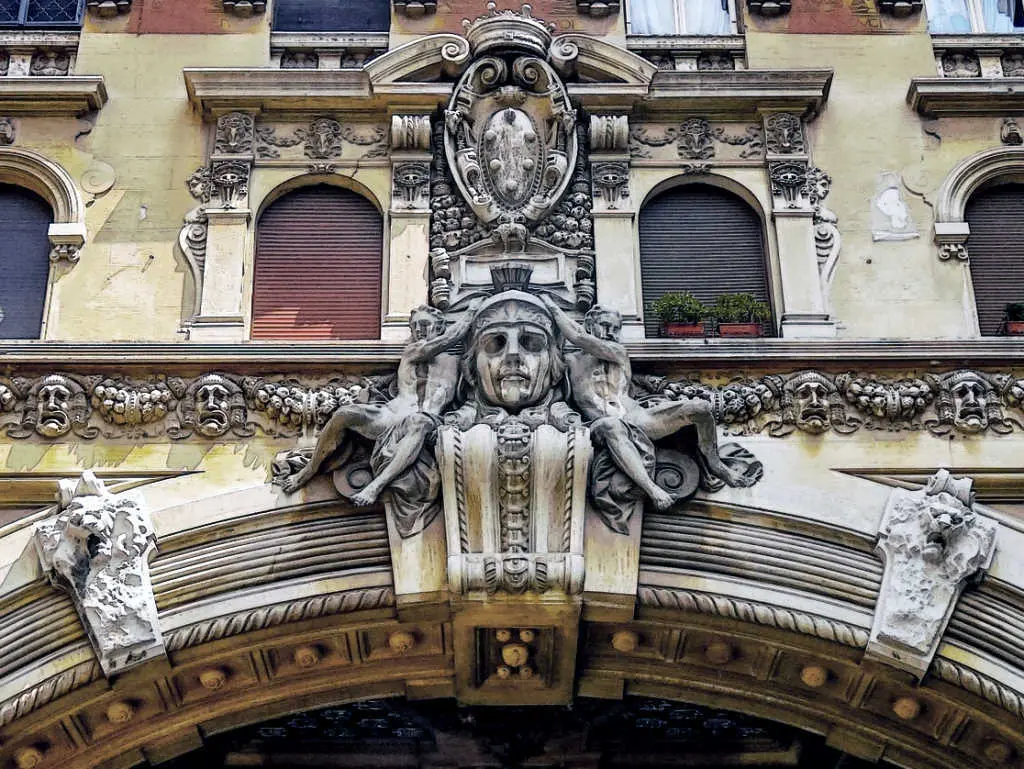
Unusual places to visit in Rome
Unusual places to visit in Rome … there are some places hidden outside the mass of tourist circuits… Rightly considered
